If you’re facing a kitchen sink backup, there’s a good chance that your garbage disposal is to blame. A clogged garbage disposal can be a major inconvenience and can even cause damage to your pipes. But before you call a plumber, there are a few steps you can take to fix the problem yourself. Step 1: Turn off the power. Before attempting to fix your clogged garbage disposal, make sure to turn off the power. You can do this by unplugging the disposal or turning off the circuit breaker. Step 2: Use a plunger. Plunging can be an effective way to unclog a garbage disposal. Fill the sink with enough water to cover the drain and place the plunger over the drain. Then, push and pull the plunger to create suction and hopefully dislodge the clog. Step 3: Use a snake. If plunging doesn’t work, you can try using a plumbing snake to remove the clog. Insert the snake into the disposal and turn it clockwise to break up the clog. Step 4: Check the drain trap. The drain trap is located under your sink and can sometimes become clogged with debris. Use a wrench to remove the trap and clean it out before reattaching it. Step 5: Reset the disposal. If none of these steps work, you may need to reset your garbage disposal. Look for a red reset button on the bottom of the disposal and press it to reset the unit.How to Fix a Clogged Kitchen Sink with a Garbage Disposal
If your garbage disposal is clogged and there is standing water in the sink, it’s important to address the issue quickly to prevent any damage. Here’s how you can unclog your disposal with standing water: Step 1: Turn off the power. As with any plumbing issue, it’s important to turn off the power before attempting to fix the problem. Step 2: Scoop out the standing water. Use a bucket or large container to scoop out the standing water in your sink. This will help prevent any messes or overflow while you work on unclogging the disposal. Step 3: Use a plunger. Plunging can be an effective way to unclog a garbage disposal, even with standing water. Make sure to cover the drain completely with the plunger and create a tight seal before pushing and pulling. Step 4: Try a vinegar and baking soda solution. If plunging doesn’t work, you can try pouring a mixture of one cup of vinegar and one cup of baking soda into the disposal. Let it sit for about 10 minutes before running hot water down the drain to flush it out. Step 5: Call a professional. If these methods don’t work, it may be time to call a plumber or professional handyman to take a look at your garbage disposal.How to Unclog a Garbage Disposal with Standing Water
If your garbage disposal is clogged, it’s important to clear the clog as soon as possible to prevent any damage. Here’s how you can clear a clogged garbage disposal: Step 1: Turn off the power. As always, start by turning off the power to your garbage disposal to prevent any accidents. Step 2: Use a plunger. Plunging can be an effective way to clear a clog in your garbage disposal. Make sure to cover the drain completely with the plunger and create a tight seal before pushing and pulling. Step 3: Try a vinegar and baking soda solution. If plunging doesn’t work, you can try pouring a mixture of one cup of vinegar and one cup of baking soda into the disposal. Let it sit for about 10 minutes before running hot water down the drain to flush it out. Step 4: Use a plumbing snake. If the clog is particularly stubborn, you can try using a plumbing snake to break it up. Insert the snake into the disposal and turn it clockwise to dislodge the clog. Step 5: Call a professional. If all else fails, it may be time to call a professional to take a look at your garbage disposal. They will have the tools and expertise to clear the clog and get your disposal back up and running.How to Clear a Clogged Garbage Disposal
If your garbage disposal won’t drain, it’s likely due to a clog. Here are some steps you can take to fix a garbage disposal that won’t drain: Step 1: Turn off the power. As always, start by turning off the power to your garbage disposal to prevent any accidents. Step 2: Clear any visible debris. Use tongs or pliers to remove any visible debris from the disposal. Be careful not to put your hand in the disposal, even when it’s turned off. Step 3: Use a plunger. Plunging can be an effective way to clear a clog in your garbage disposal. Make sure to cover the drain completely with the plunger and create a tight seal before pushing and pulling. Step 4: Try a vinegar and baking soda solution. If plunging doesn’t work, you can try pouring a mixture of one cup of vinegar and one cup of baking soda into the disposal. Let it sit for about 10 minutes before running hot water down the drain to flush it out. Step 5: Check the drain trap. The drain trap is located under your sink and can sometimes become clogged with debris. Use a wrench to remove the trap and clean it out before reattaching it. Step 6: Call a professional. If these methods don’t work, it may be time to call a plumber or professional handyman to take a look at your garbage disposal.How to Fix a Garbage Disposal That Won't Drain
The best way to deal with a clogged garbage disposal is to prevent it from happening in the first place. Here are some tips to help you prevent garbage disposal clogs: Tip 1: Don’t put hard or fibrous foods in the disposal. Avoid putting foods like bones, fruit pits, and fibrous vegetables like celery and onion skins in your garbage disposal. These can easily clog the unit and cause damage. Tip 2: Run cold water while using the disposal. Running cold water while using the disposal helps flush food particles down the drain and prevents them from sticking to the sides of the disposal. Tip 3: Cut food into small pieces. To prevent large chunks of food from getting stuck in your disposal, cut them into smaller pieces before putting them in. Tip 4: Use the disposal regularly. Running the disposal regularly helps prevent buildup and keeps the blades sharp. Tip 5: Don’t pour grease down the drain. Grease can solidify and cause clogs in your disposal and pipes. Always dispose of grease in the trash instead of pouring it down the drain.How to Prevent Garbage Disposal Clogs
Regularly cleaning your garbage disposal can help prevent clogs and keep it running smoothly. Here’s how to clean your garbage disposal: Step 1: Turn off the power. Before cleaning your garbage disposal, make sure to turn off the power to prevent any accidents. Step 2: Use a scrub brush. You can use a scrub brush or an old toothbrush to scrub the inside of your disposal. Be sure to get all around the blades and the drain. Step 3: Use a mixture of water and dish soap. Mix equal parts water and dish soap and pour it into your disposal. Let it sit for a few minutes before running the disposal with cold water to flush it out. Step 4: Use ice cubes and salt. You can also freeze a mixture of ice cubes and salt and run it through your disposal to help clean and sharpen the blades. Step 5: Rinse with hot water. Finish by running hot water down the drain to wash away any remaining debris.How to Clean a Garbage Disposal
If your garbage disposal is not working, there are a few things you can check before calling a professional: Problem 1: The disposal is not turning on. If your disposal is not turning on at all, make sure it’s plugged in and check the circuit breaker to see if it’s been tripped. Problem 2: The disposal is making a humming noise. If the disposal is making a humming noise but not turning on, it could be jammed. Use an Allen wrench to manually turn the blades and dislodge any debris. Problem 3: The disposal is leaking. If your disposal is leaking, it could be due to a loose or damaged seal. Tighten or replace the seal to fix the issue. Problem 4: The disposal is tripping the circuit breaker. This could be a sign of an electrical issue or a jammed disposal. If the disposal is not jammed, it’s best to call a professional to take a look. Problem 5: The disposal is making a loud noise. Loud noises coming from your disposal could indicate a loose or damaged blade. Turn off the power and visually inspect the blades for any damage.How to Troubleshoot a Garbage Disposal That is Not Working
If you’re looking to upgrade your kitchen with a garbage disposal, here’s how you can install one yourself: Step 1: Gather your tools. You will need a garbage disposal, a screwdriver, pliers, a wrench, and plumber's putty. Step 2: Turn off the power. Before beginning the installation, make sure to turn off the power to the area where you will be working. Step 3: Prepare the drain and mounting assembly. Follow the instructions provided with your disposal to prepare the drain and mounting assembly. Step 4: Attach the mounting assembly. Using a screwdriver, attach the mounting assembly to the sink flange. Step 5: Connect the disposal. Connect the disposal to the mounting assembly using the included hardware. Step 6: Connect the drain. Attach the drain pipe to the disposal and secure it with a wrench. Step 7: Seal with plumber's putty. Apply plumber's putty around the sink flange and then press the disposal firmly onto the flange. Step 8: Turn on the power and test. Turn the power back on and test the disposal to make sure it’s working properly.How to Install a Garbage Disposal
If your old garbage disposal is beyond repair, it’s time to replace it. Here’s how you can replace a garbage disposal yourself: Step 1: Gather your tools. You will need a new garbage disposal, screwdriver, pliers, a wrench, and plumber's putty. Step 2: Turn off the power. Before beginning the replacement, make sure to turn off the power to the area where you will be working. Step 3: Loosen the mounting assembly. Use a screwdriver to loosen the mounting assembly and remove the old disposal. Step 4: Prepare the new disposal. Follow the instructions provided with your new disposal to prepare it for installation. Step 5: Attach the mounting assembly. Using a screwdriver, attach the mounting assembly to the sink flange. Step 6: Connect the disposal. Connect the disposal to the mounting assembly using the included hardware. Step 7: Connect the drain. Attach the drain pipe to the disposal and secure it with a wrench. Step 8: Seal with plumber's putty. Apply plumber's putty around the sink flange and then press the disposal firmly onto the flange. Step 9: Turn on the power and test. Turn the power back on and test the disposal to make sure it’s working properly.How to Replace a Garbage Disposal
To keep your garbage disposal running smoothly and prevent clogs, it’s important to perform regular maintenance tasks. Here are some tips for maintaining your garbage disposal: Tip 1: Keep it clean. Regularly cleaning your disposal with a mixture of water and dish soap can help prevent buildup and keep it running smoothly.How to Maintain a Garbage Disposal
The Importance of Proper Maintenance for Kitchen Sink Backup and Garbage Disposal

Preventing Clogs and Costly Repairs
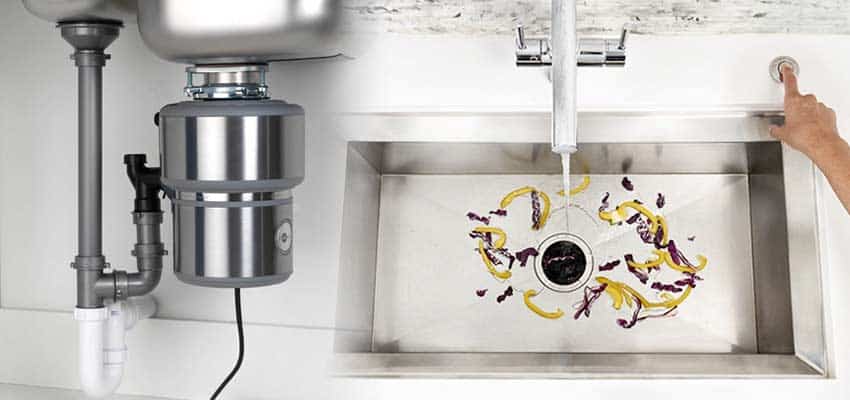 The kitchen sink is one of the most frequently used fixtures in any home, making it more susceptible to various issues such as backups and clogs. When it comes to garbage disposals, proper maintenance is crucial in preventing these common problems. Not only can clogs and backups cause inconvenience and unpleasant odors, but they can also result in costly repairs if left untreated.
Kitchen sink backup and garbage disposal
issues can arise due to a variety of reasons, such as improper use, lack of maintenance, or old age. Items like coffee grounds, grease, and fibrous foods should never be put down the garbage disposal as they can cause clogs and damage to the blades. Regularly cleaning and maintaining the disposal can also prevent buildup and keep it functioning properly.
The kitchen sink is one of the most frequently used fixtures in any home, making it more susceptible to various issues such as backups and clogs. When it comes to garbage disposals, proper maintenance is crucial in preventing these common problems. Not only can clogs and backups cause inconvenience and unpleasant odors, but they can also result in costly repairs if left untreated.
Kitchen sink backup and garbage disposal
issues can arise due to a variety of reasons, such as improper use, lack of maintenance, or old age. Items like coffee grounds, grease, and fibrous foods should never be put down the garbage disposal as they can cause clogs and damage to the blades. Regularly cleaning and maintaining the disposal can also prevent buildup and keep it functioning properly.
Ensuring a Clean and Hygienic Kitchen
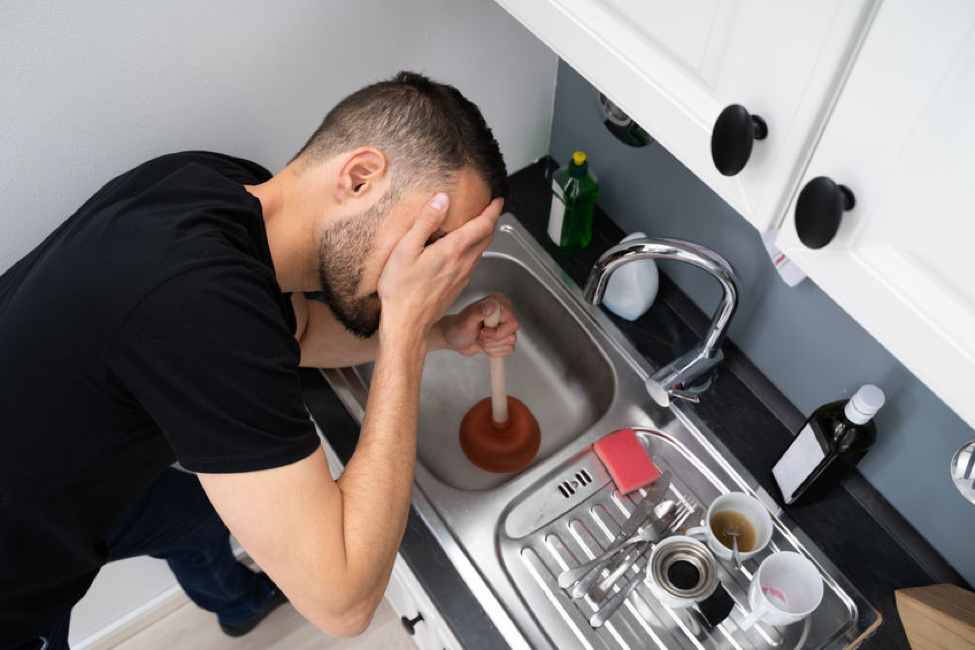 A backup in the kitchen sink can also lead to unsanitary conditions in the kitchen. Food scraps and debris can attract pests and bacteria, creating an unhealthy environment for cooking and preparing meals. With proper maintenance of your kitchen sink and garbage disposal, you can ensure a clean and hygienic kitchen for you and your family.
Proper maintenance
not only prevents clogs and backups but also extends the life of your garbage disposal. By keeping the blades sharp and the motor running smoothly, you can avoid the need for expensive repairs or replacements. This not only saves you money in the long run but also reduces the amount of waste that ends up in landfills.
A backup in the kitchen sink can also lead to unsanitary conditions in the kitchen. Food scraps and debris can attract pests and bacteria, creating an unhealthy environment for cooking and preparing meals. With proper maintenance of your kitchen sink and garbage disposal, you can ensure a clean and hygienic kitchen for you and your family.
Proper maintenance
not only prevents clogs and backups but also extends the life of your garbage disposal. By keeping the blades sharp and the motor running smoothly, you can avoid the need for expensive repairs or replacements. This not only saves you money in the long run but also reduces the amount of waste that ends up in landfills.
The Overall Aesthetic of Your Kitchen
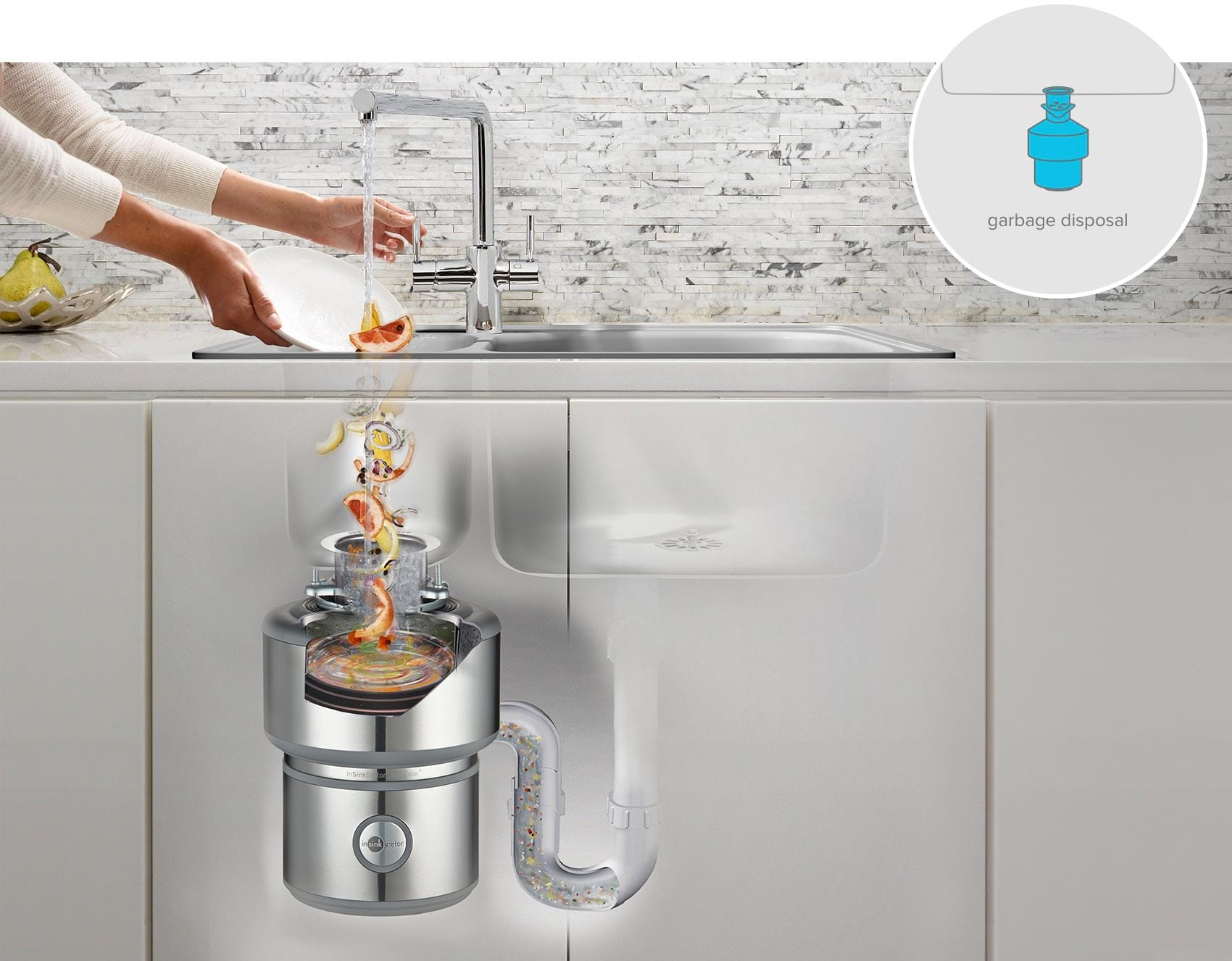 A clogged
kitchen sink backup and garbage disposal
can also have a negative impact on the overall aesthetic of your kitchen. A foul odor emanating from the sink can be off-putting and make the space feel unclean. By properly maintaining your garbage disposal, you can prevent these unpleasant odors and keep your kitchen looking and smelling fresh.
In conclusion, proper maintenance of your kitchen sink and garbage disposal is crucial in preventing clogs, costly repairs, unsanitary conditions, and maintaining the overall aesthetic of your kitchen. By following simple maintenance tips and avoiding common mistakes, you can ensure the smooth functioning of your garbage disposal and enjoy a clean and hygienic kitchen for years to come. So don't neglect your kitchen sink and garbage disposal – take care of them and they will take care of you.
A clogged
kitchen sink backup and garbage disposal
can also have a negative impact on the overall aesthetic of your kitchen. A foul odor emanating from the sink can be off-putting and make the space feel unclean. By properly maintaining your garbage disposal, you can prevent these unpleasant odors and keep your kitchen looking and smelling fresh.
In conclusion, proper maintenance of your kitchen sink and garbage disposal is crucial in preventing clogs, costly repairs, unsanitary conditions, and maintaining the overall aesthetic of your kitchen. By following simple maintenance tips and avoiding common mistakes, you can ensure the smooth functioning of your garbage disposal and enjoy a clean and hygienic kitchen for years to come. So don't neglect your kitchen sink and garbage disposal – take care of them and they will take care of you.




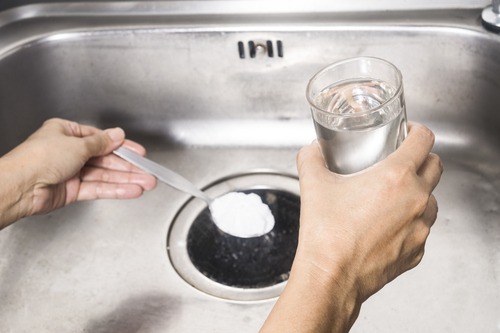
:max_bytes(150000):strip_icc()/Repair-a-Clogged-Garbage-Disposal-1824884-hero-cda06d4e6955472bbab06ed123bc5b99.jpg)
/kitchen-sink-171366298-57fe93b75f9b5805c26b283a.jpg)




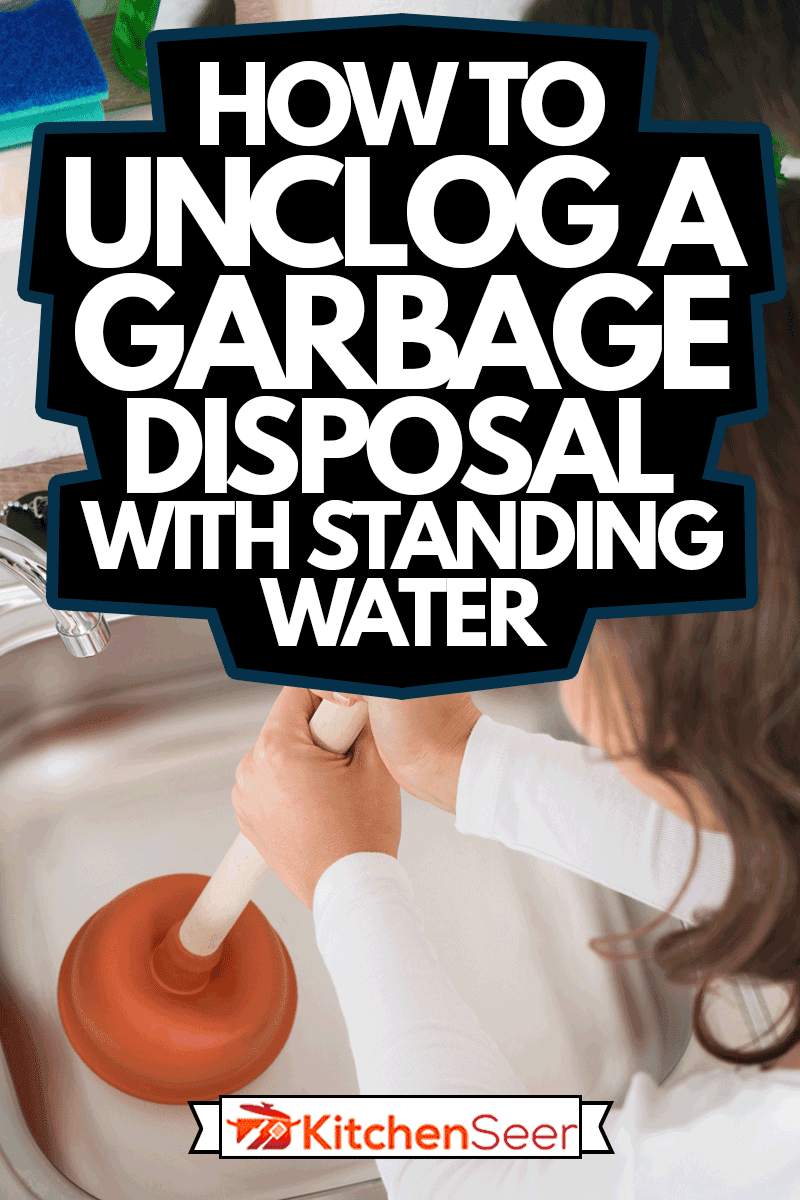






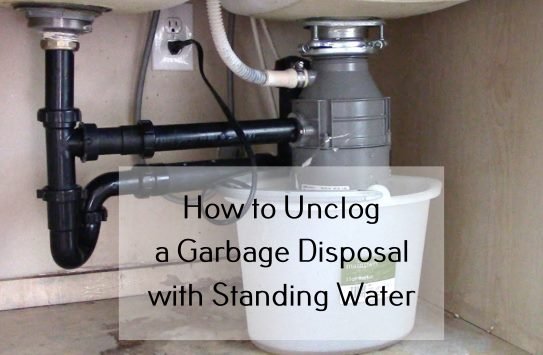
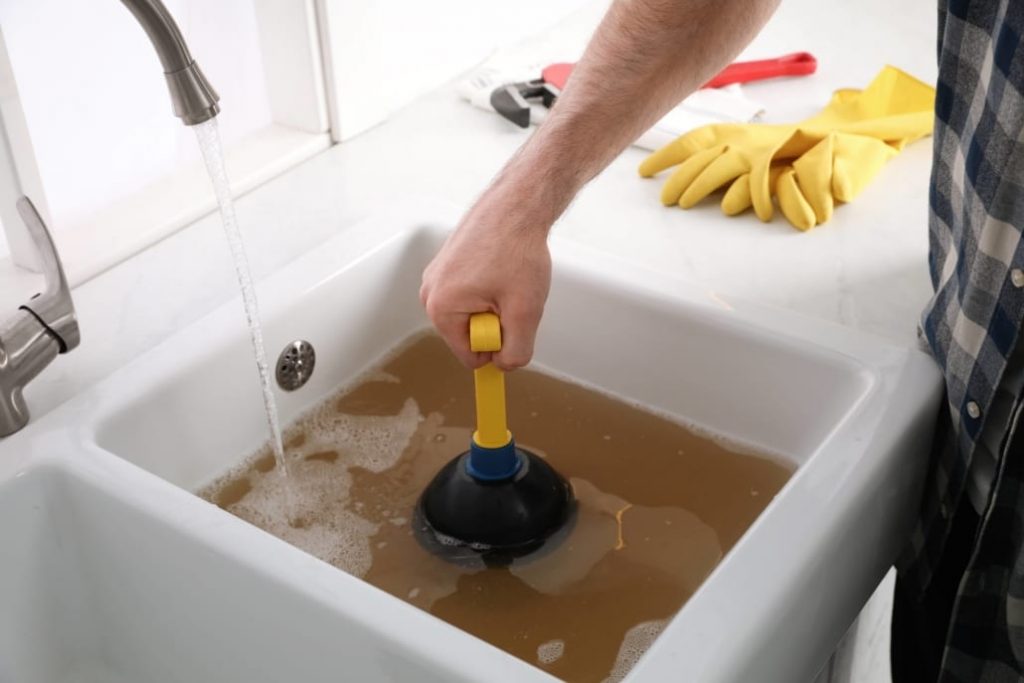
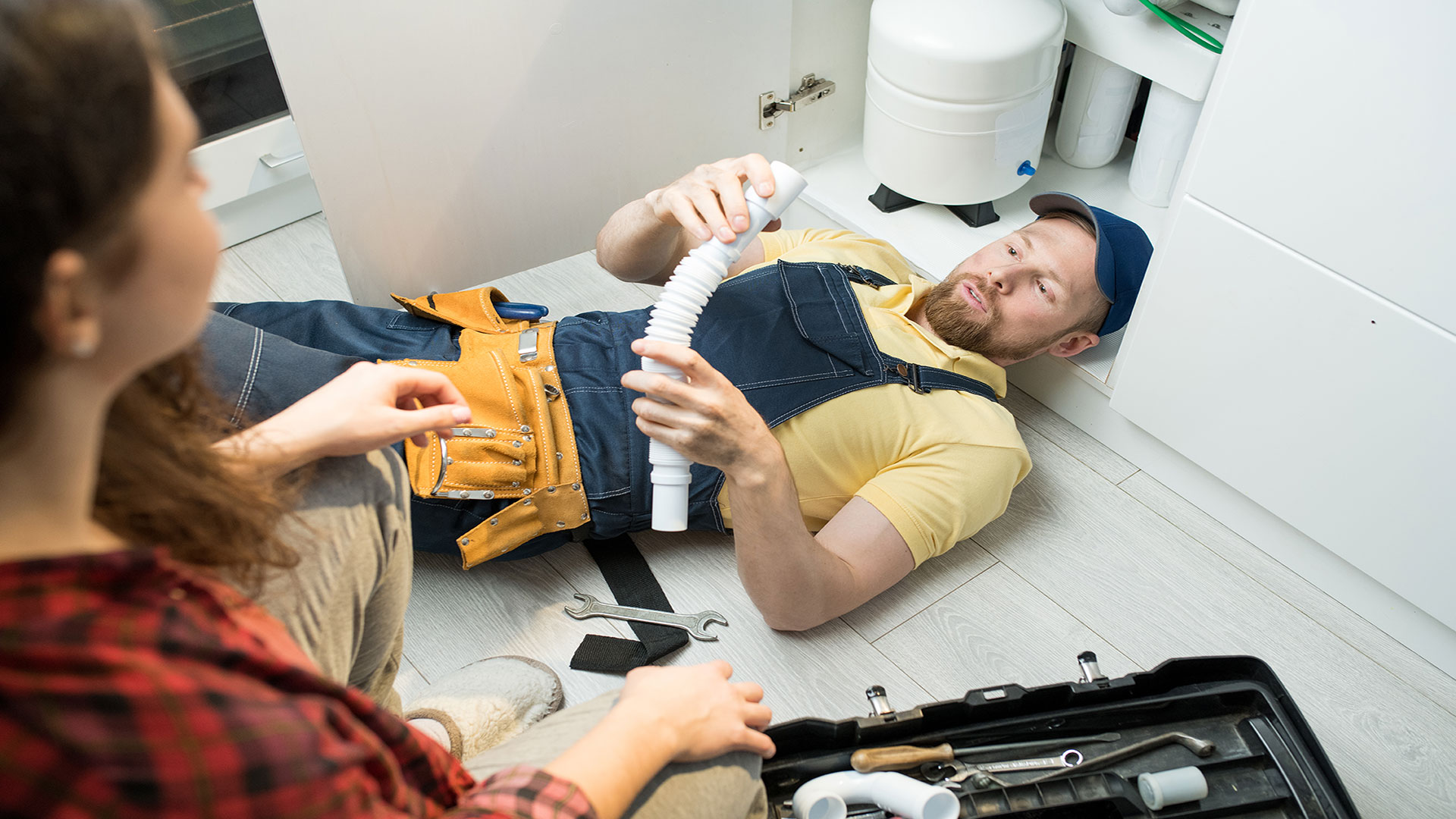




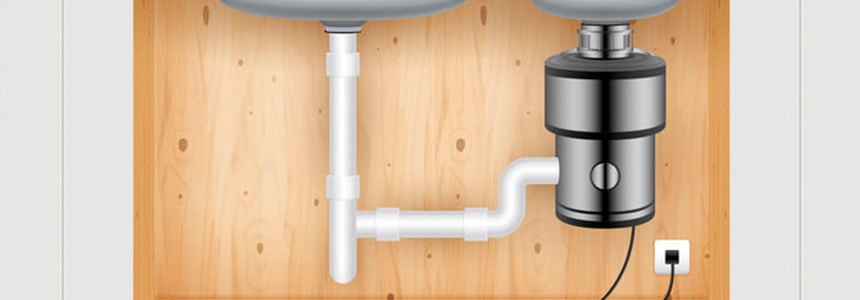


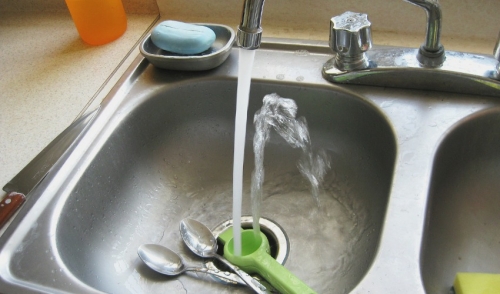


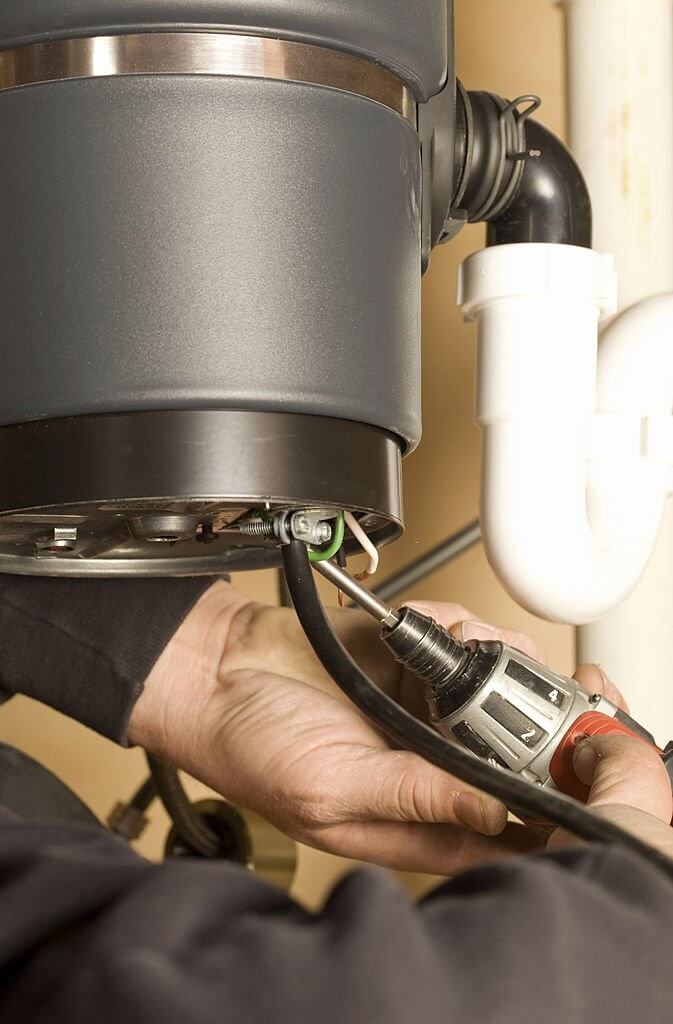


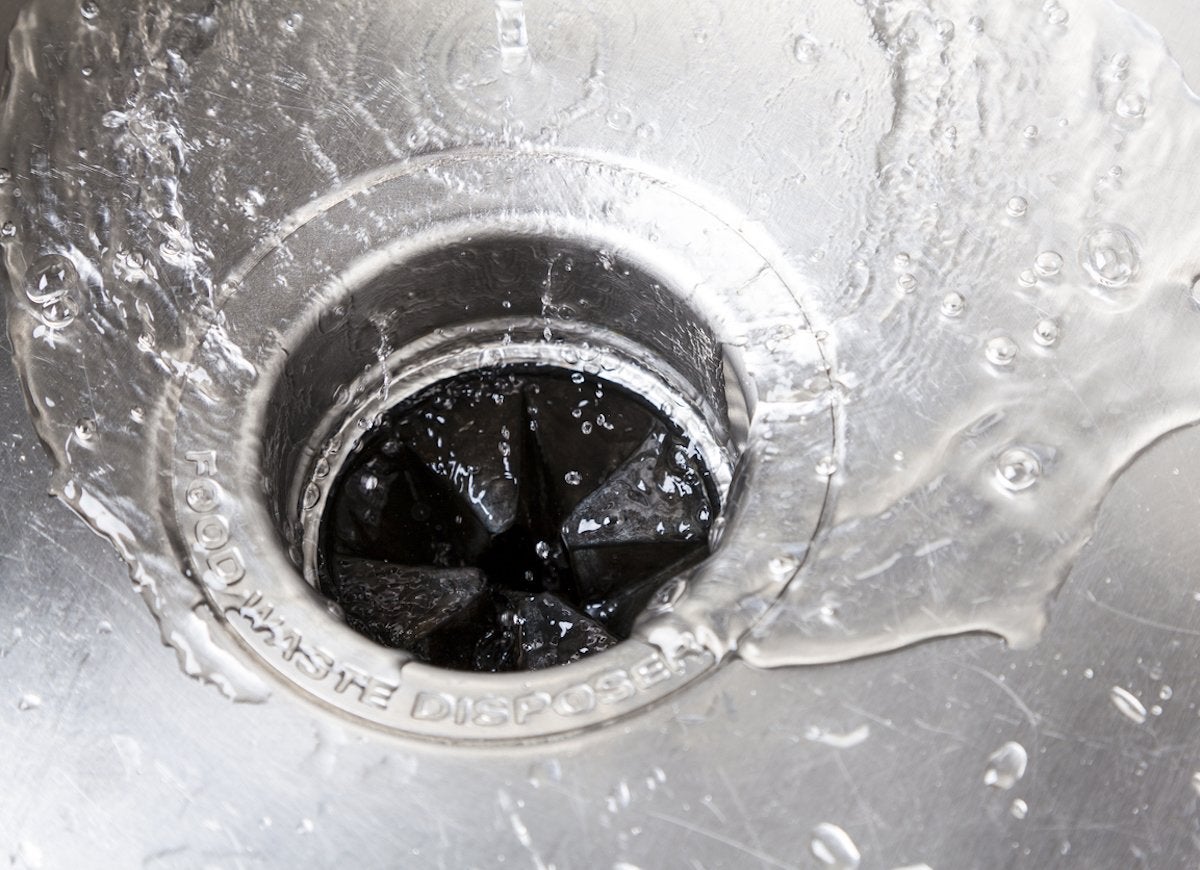
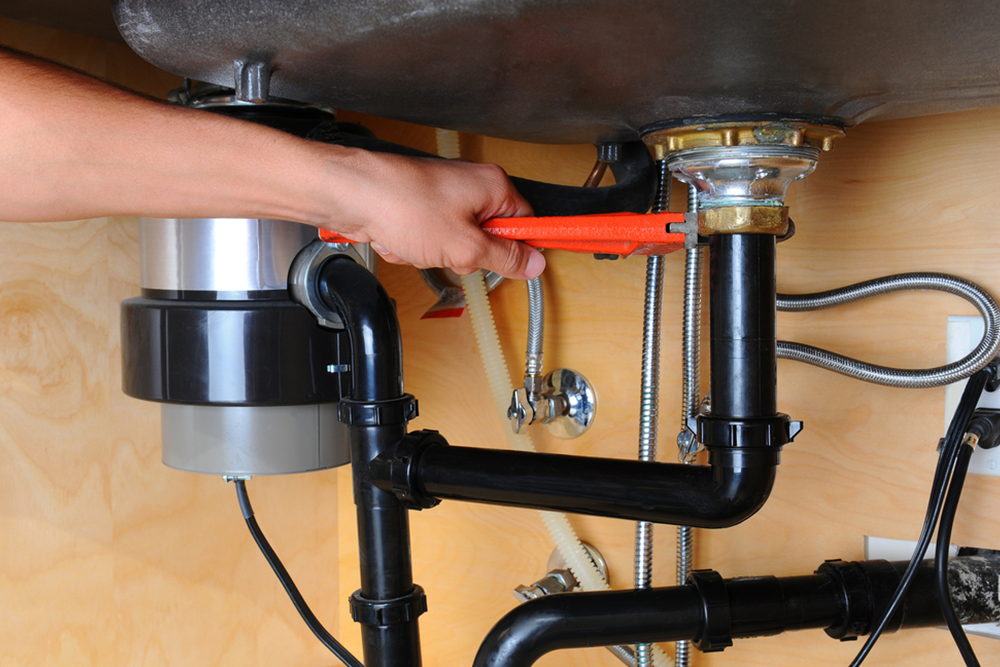
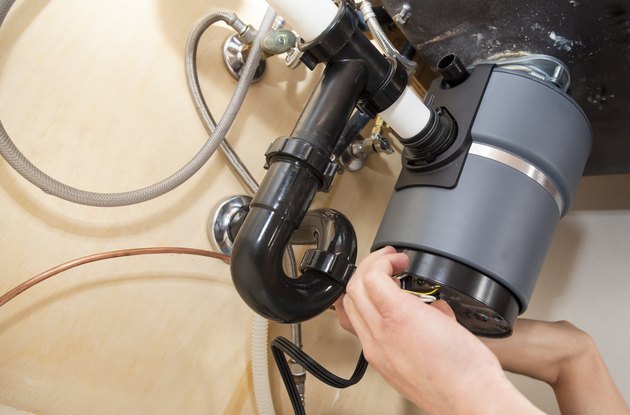


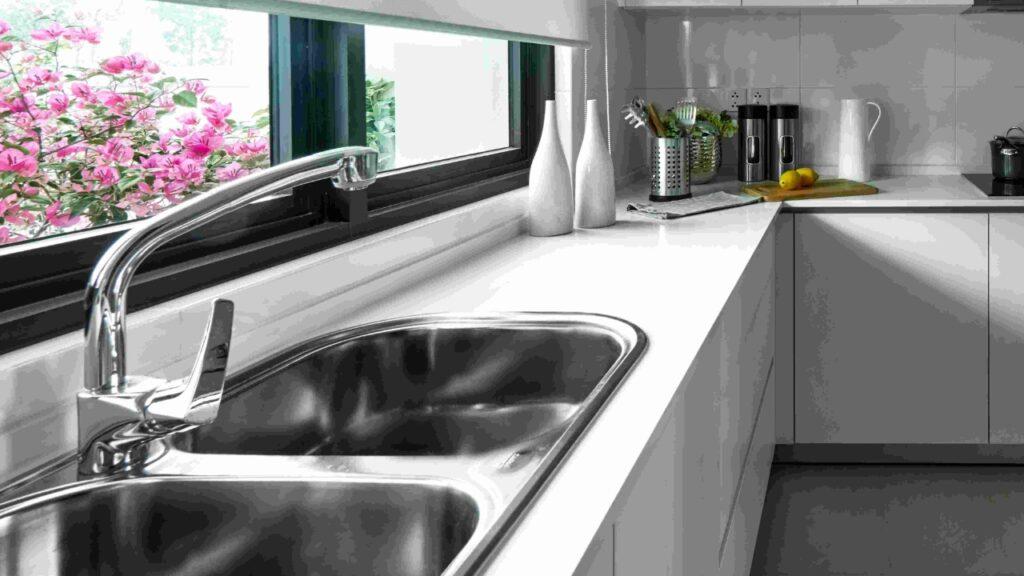





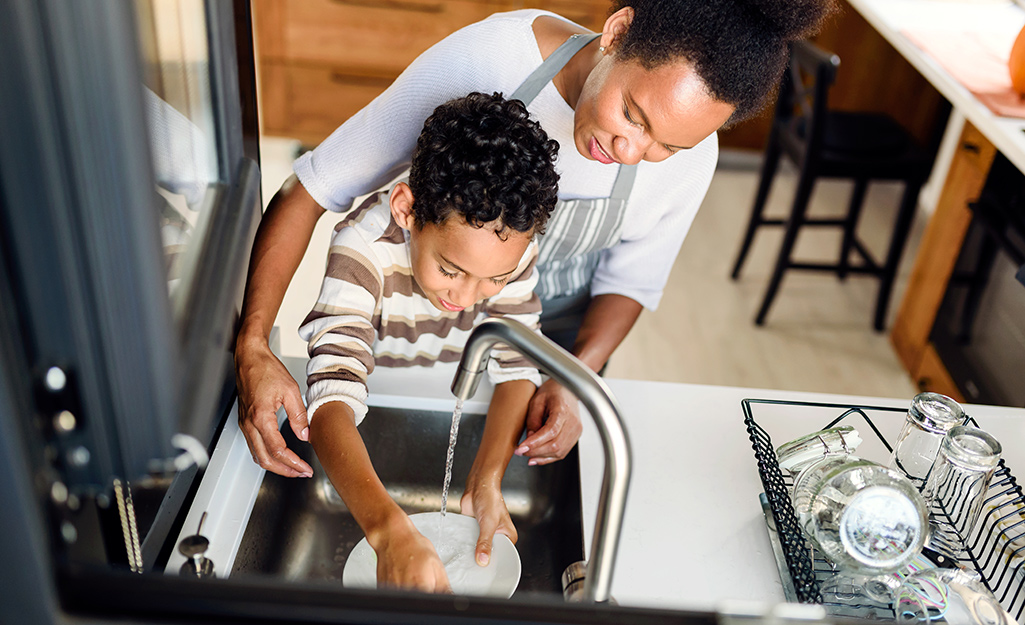

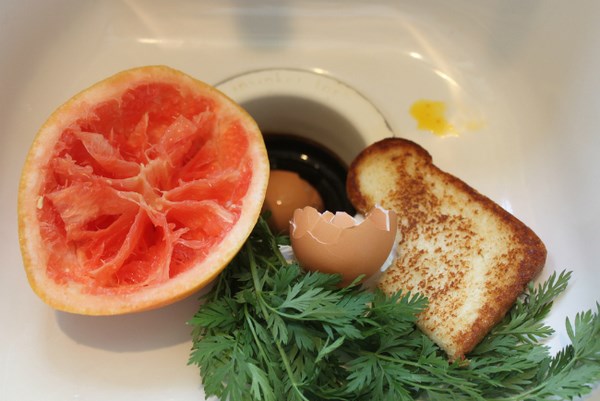



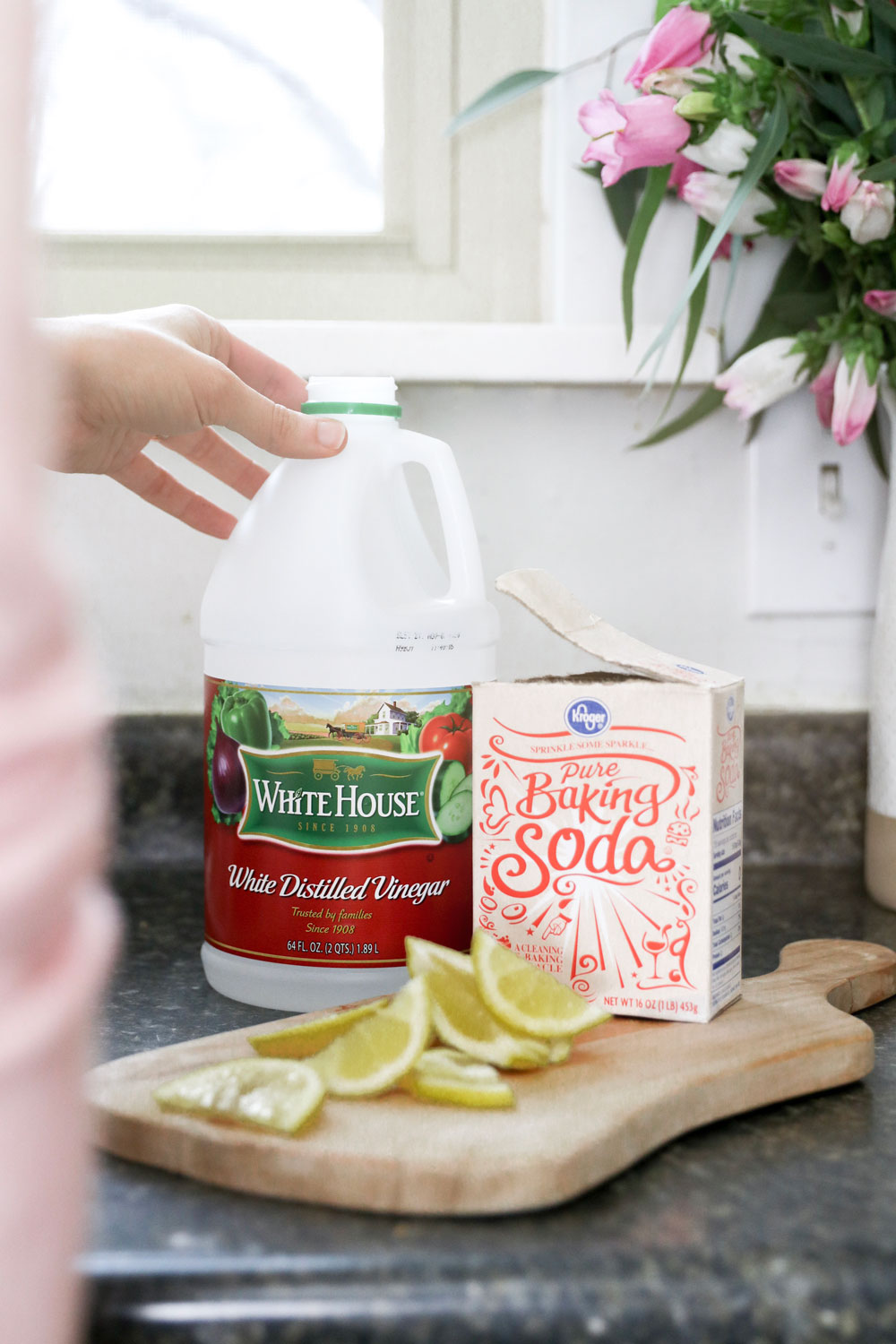
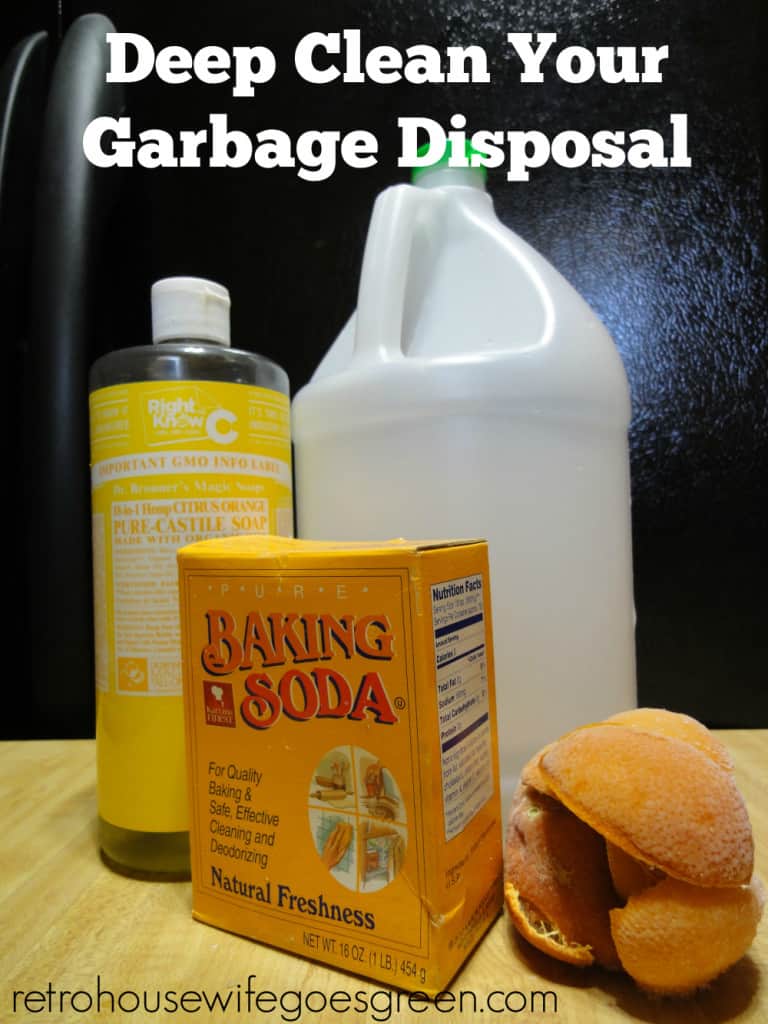
:max_bytes(150000):strip_icc()/How-to-Clean-a-Garbage-Disposal-Refined-Final-098ce78e1bff4f60b95057129a30c09f.jpg)
:max_bytes(150000):strip_icc()/cleaning-a-garbage-disposal-2718863-20-ca02806e899940a982a72bc86fa1e42f.jpg)
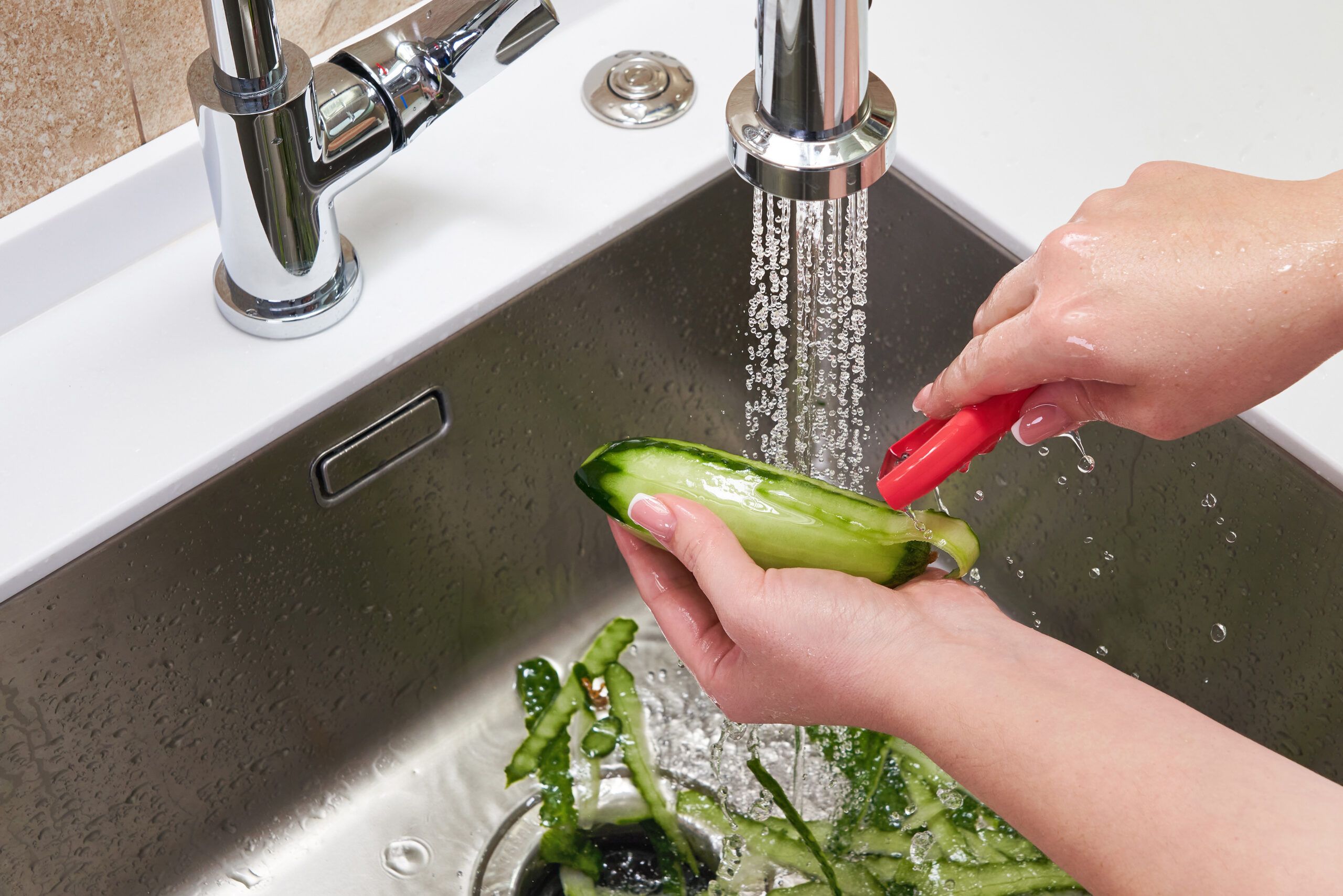
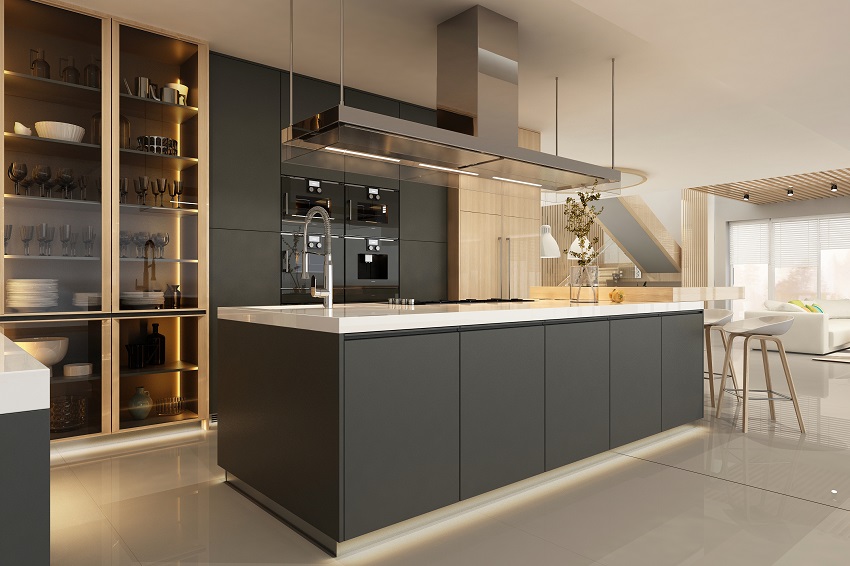

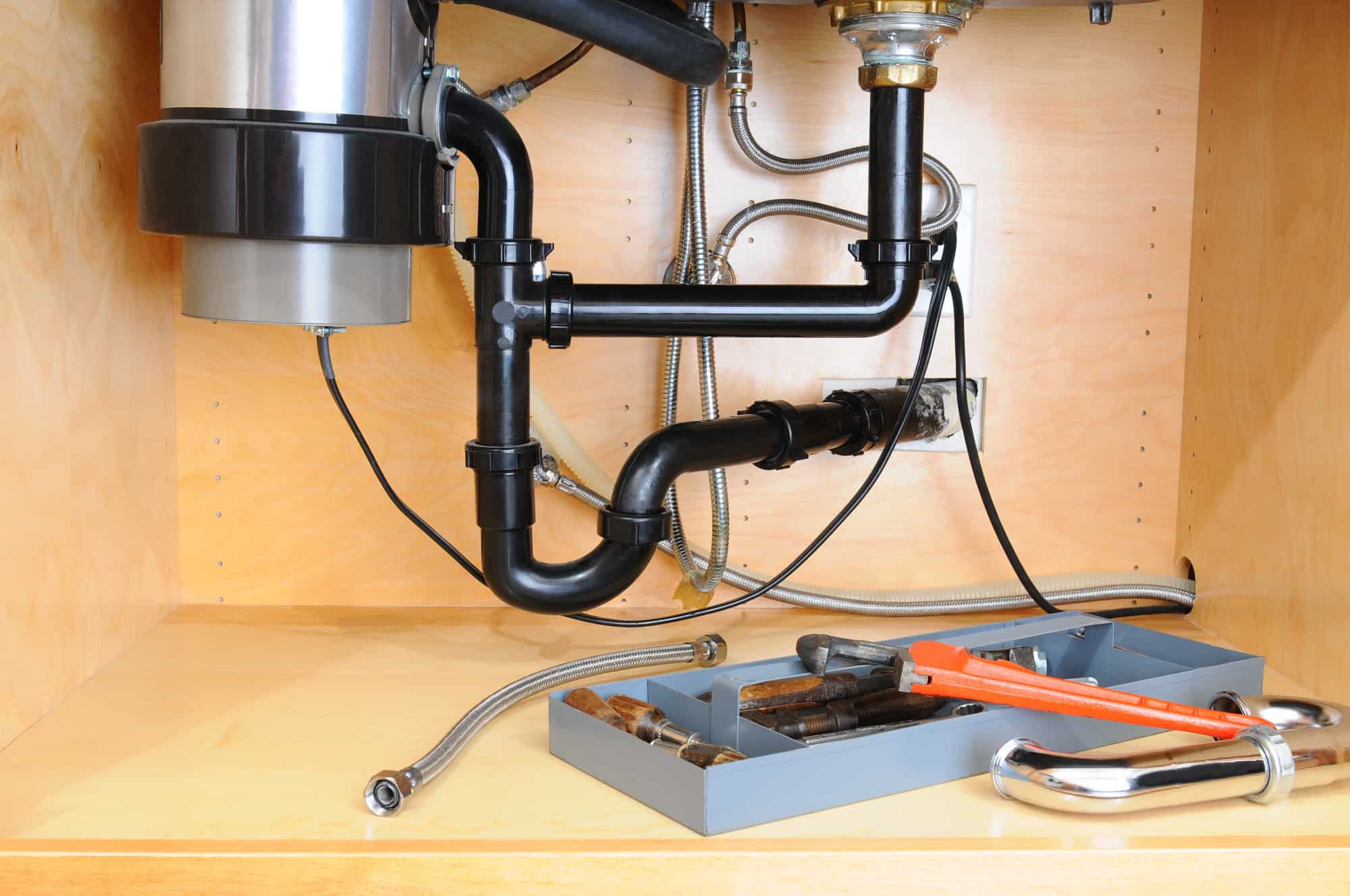
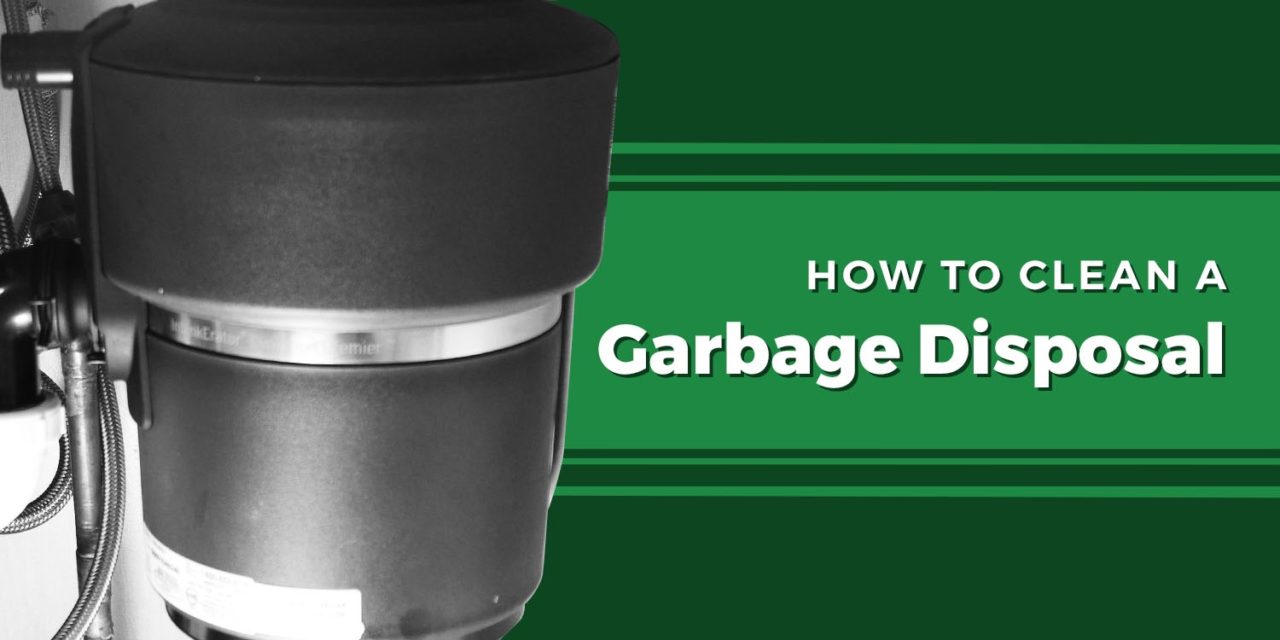
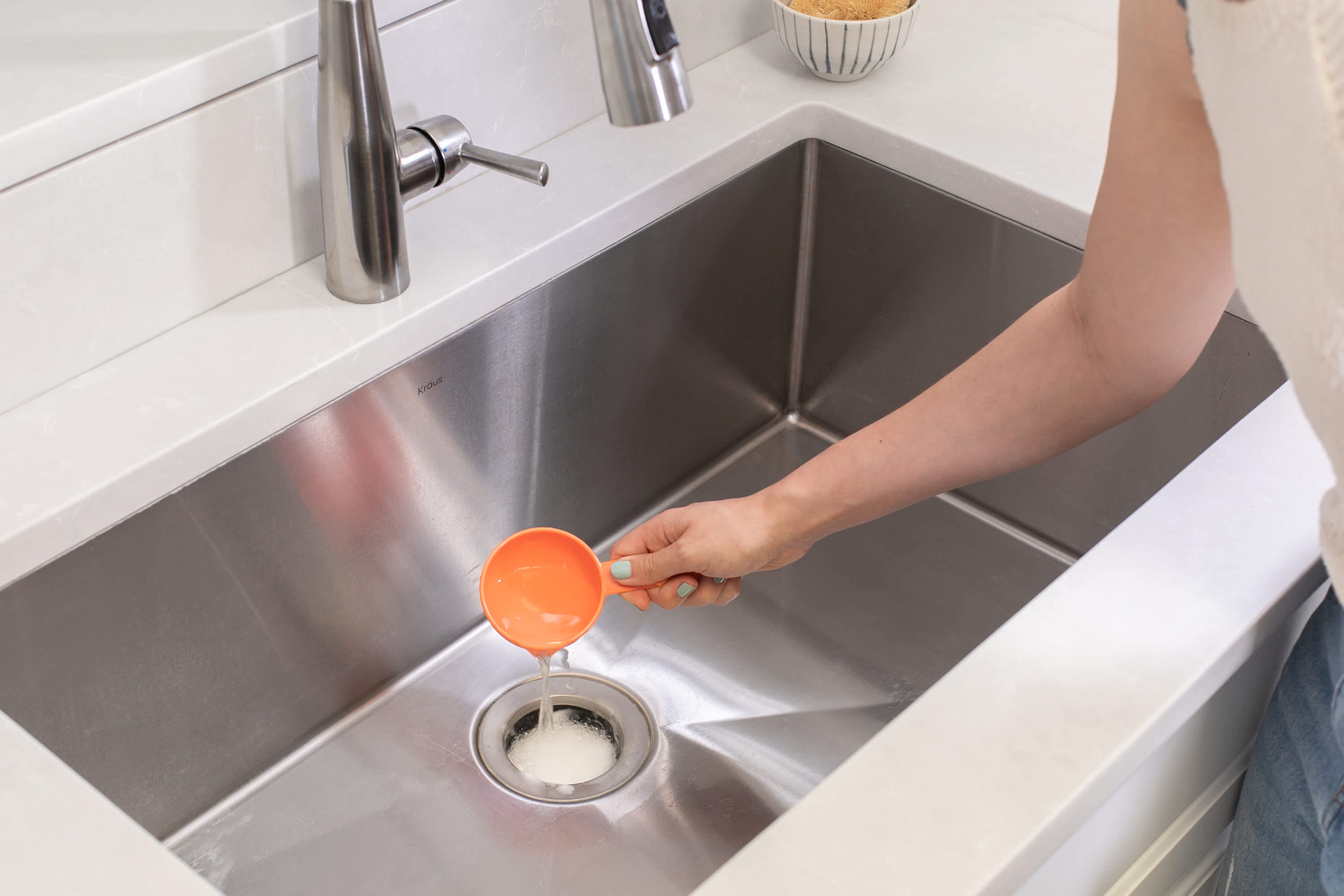



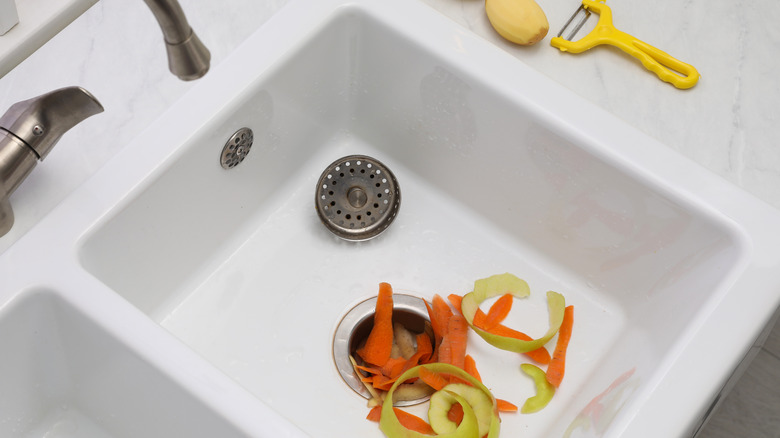
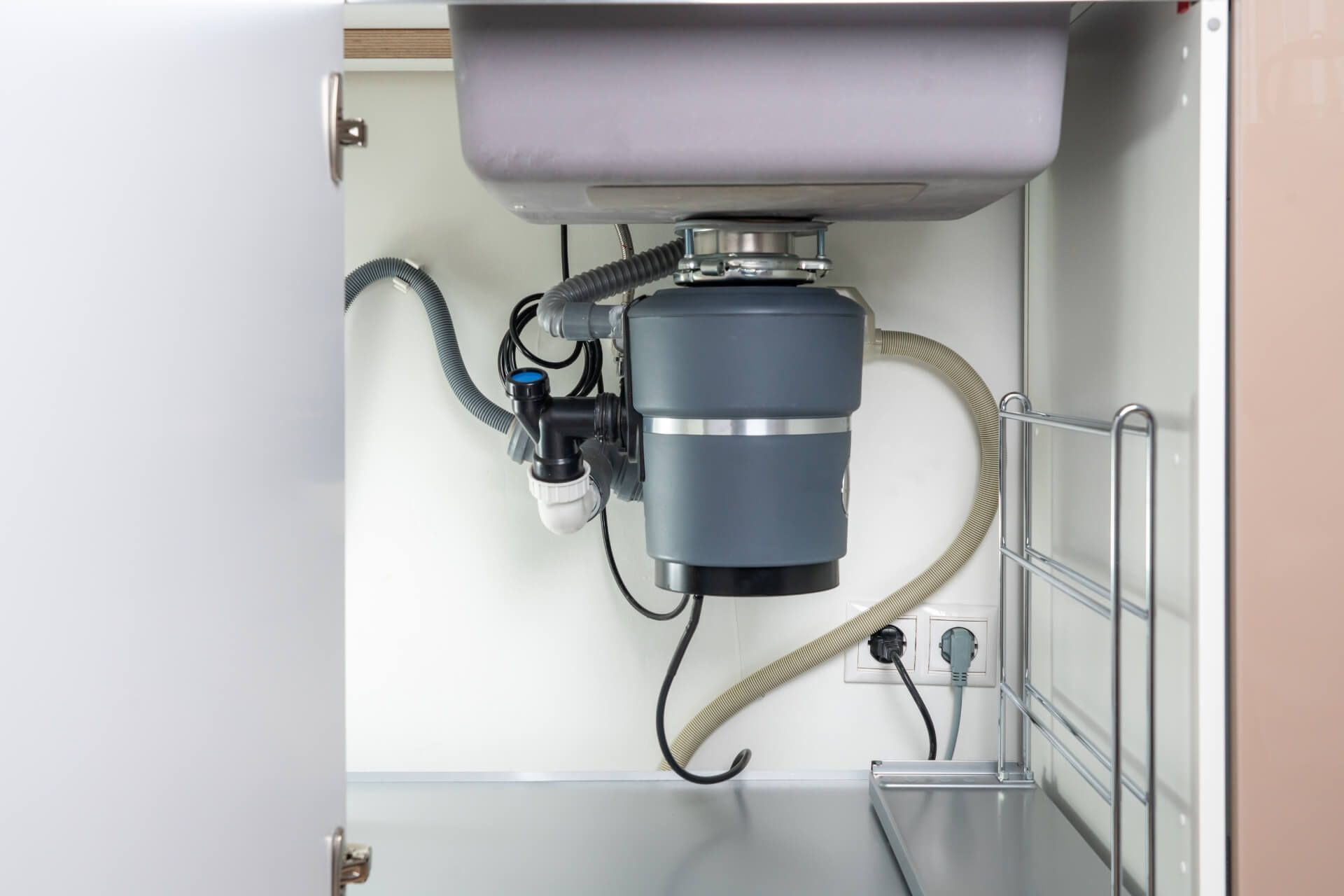
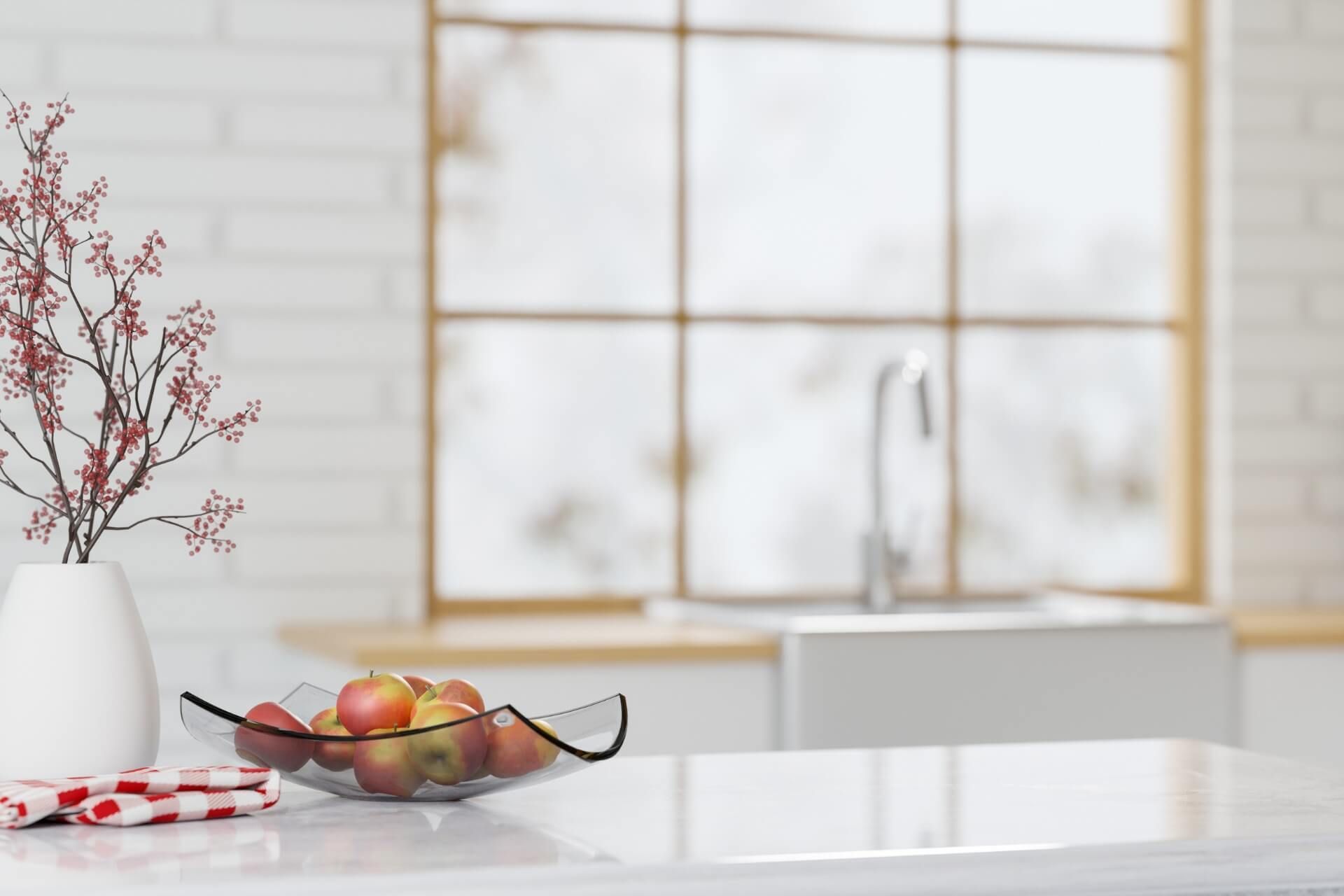
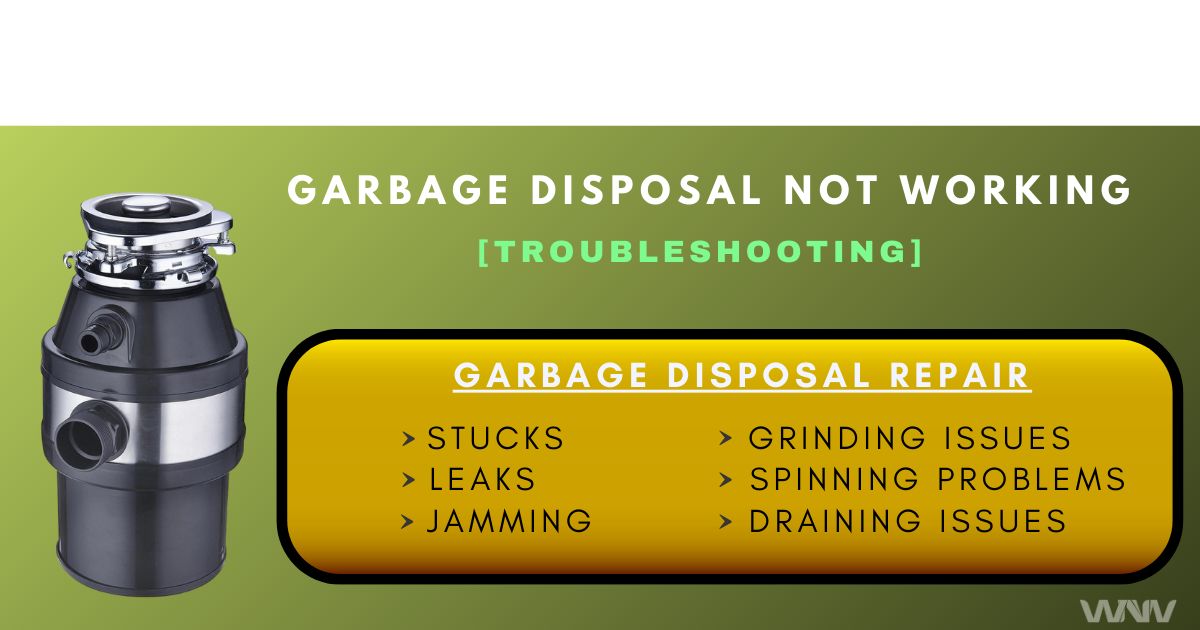






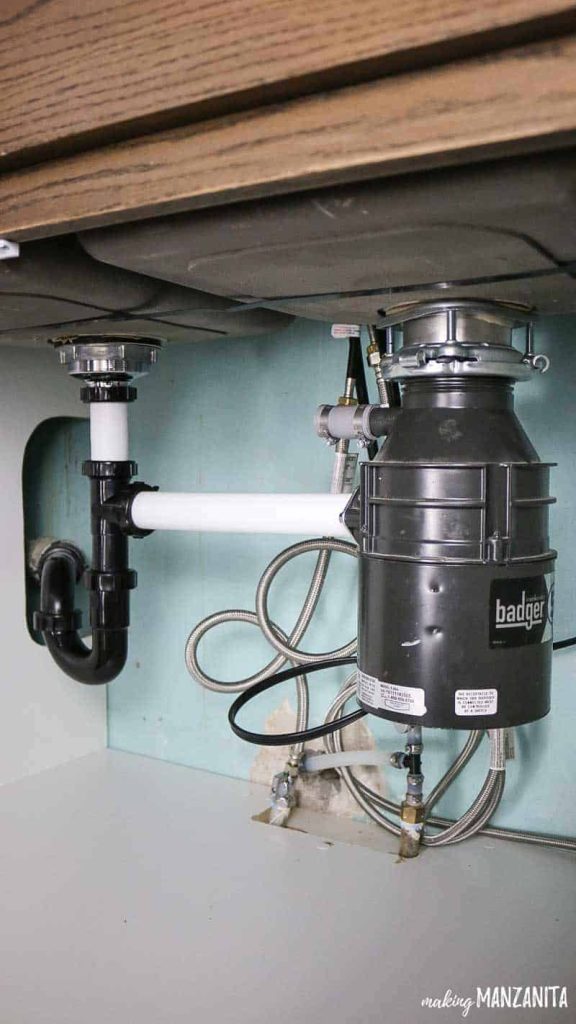




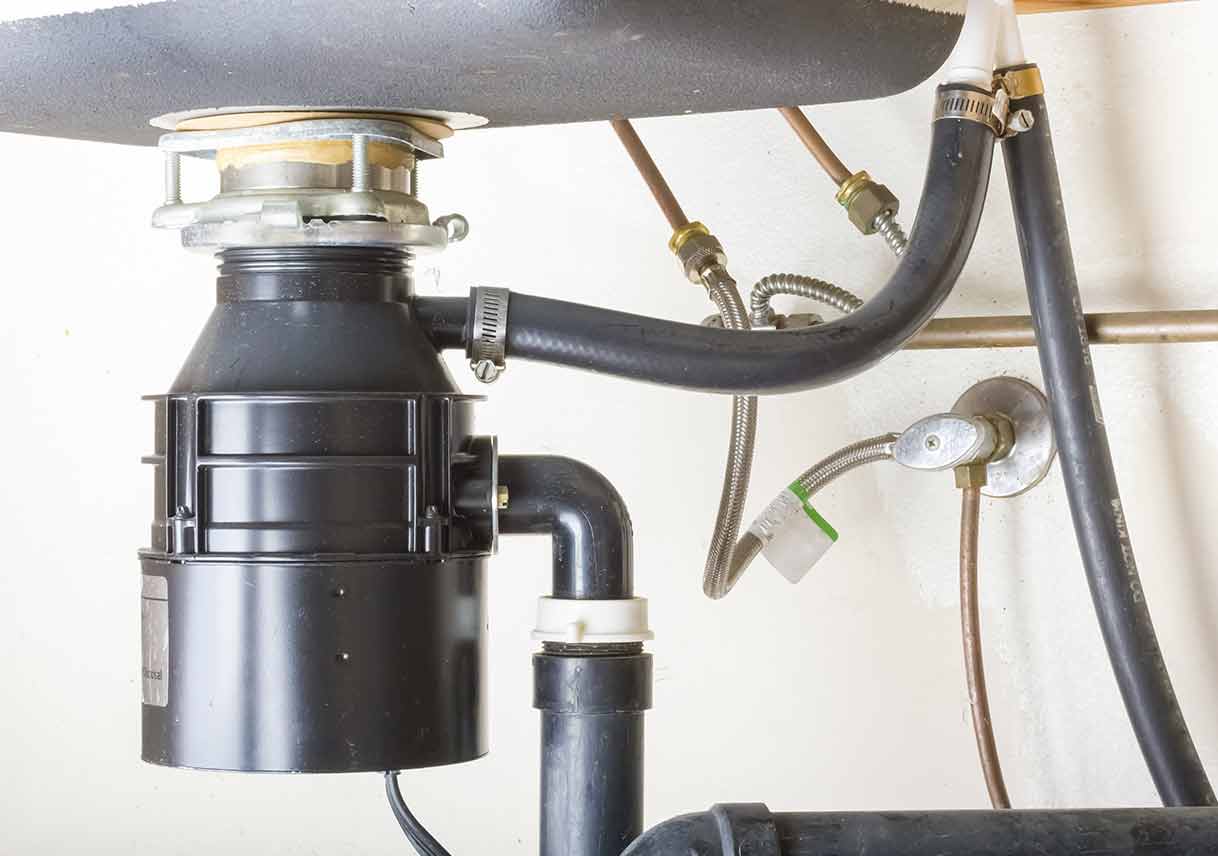
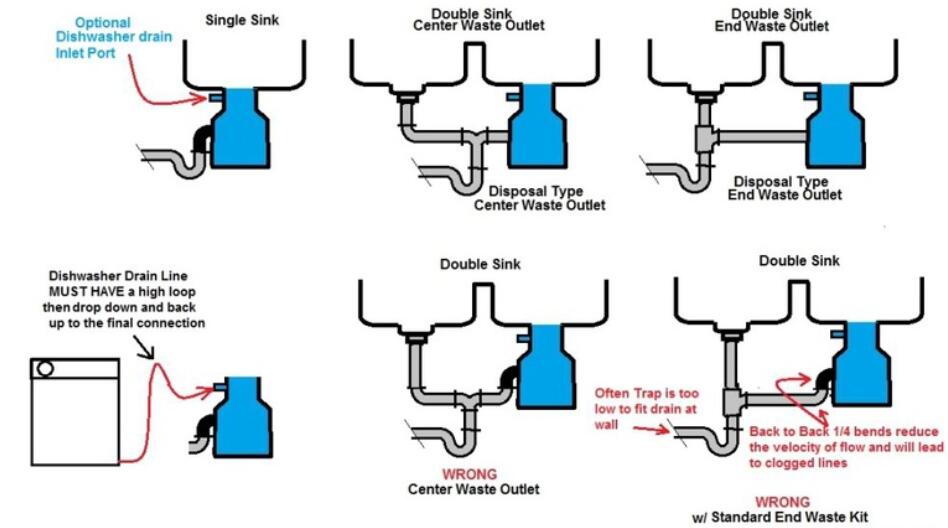

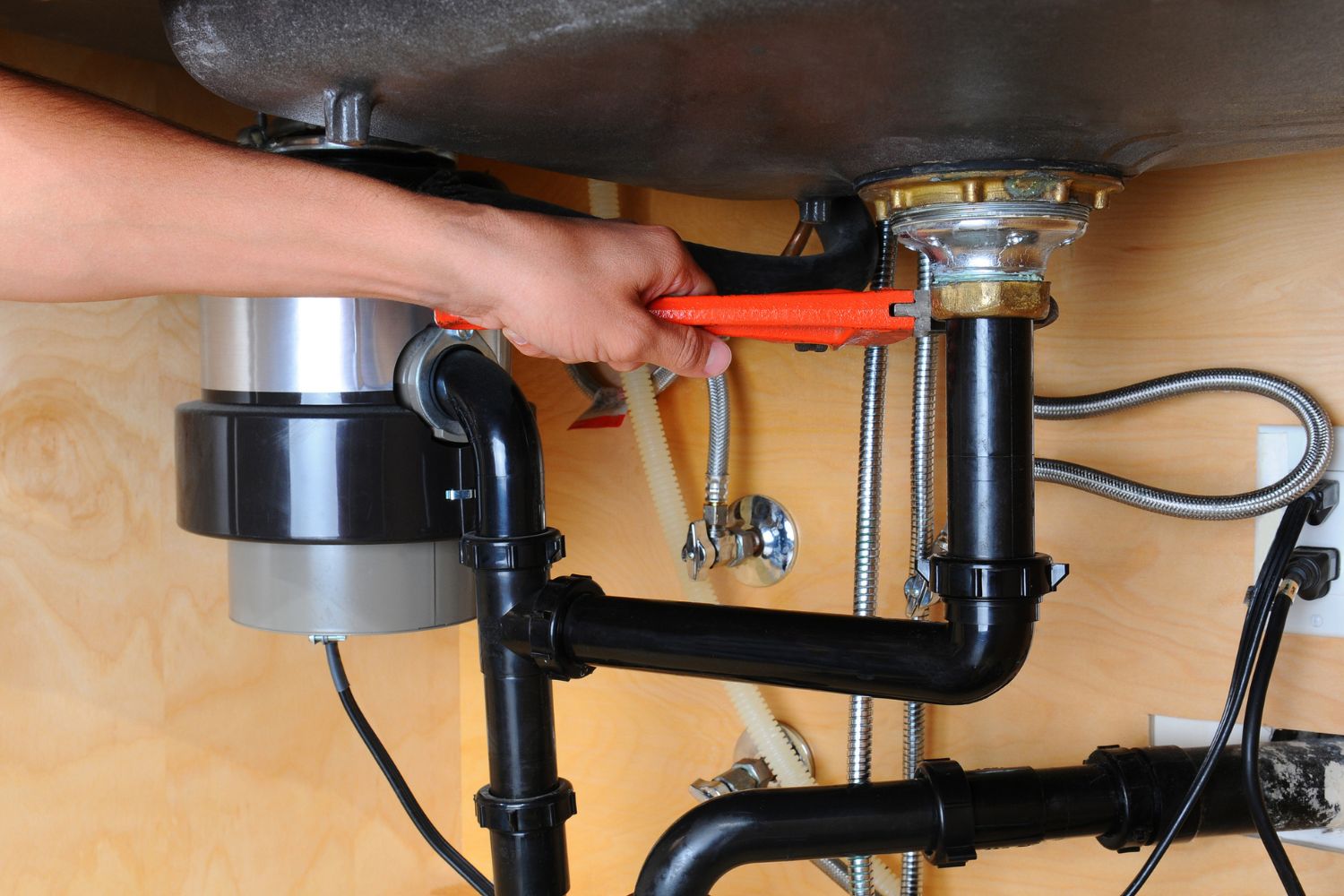
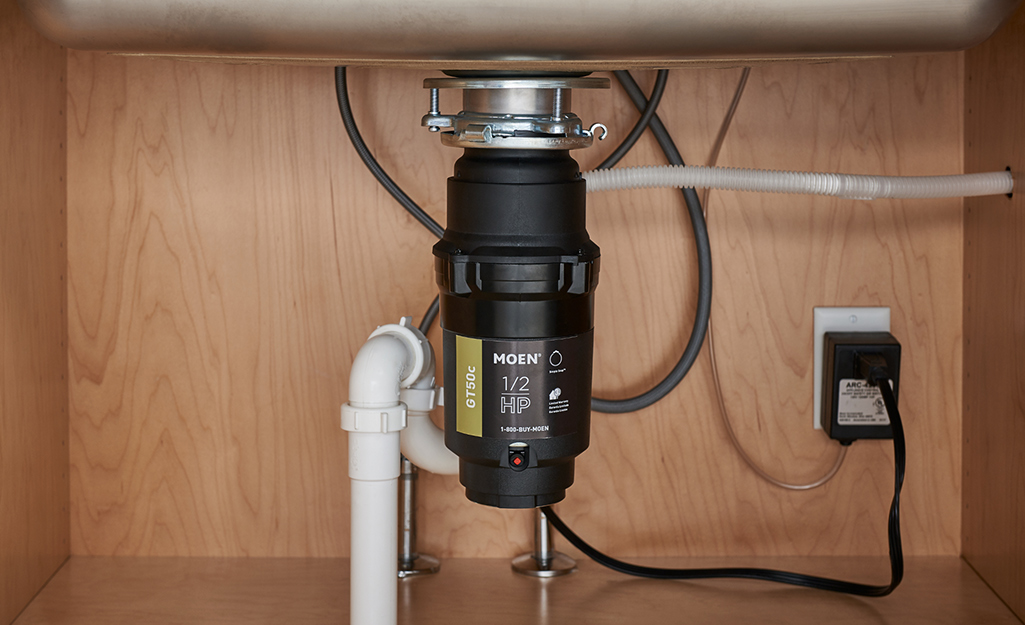

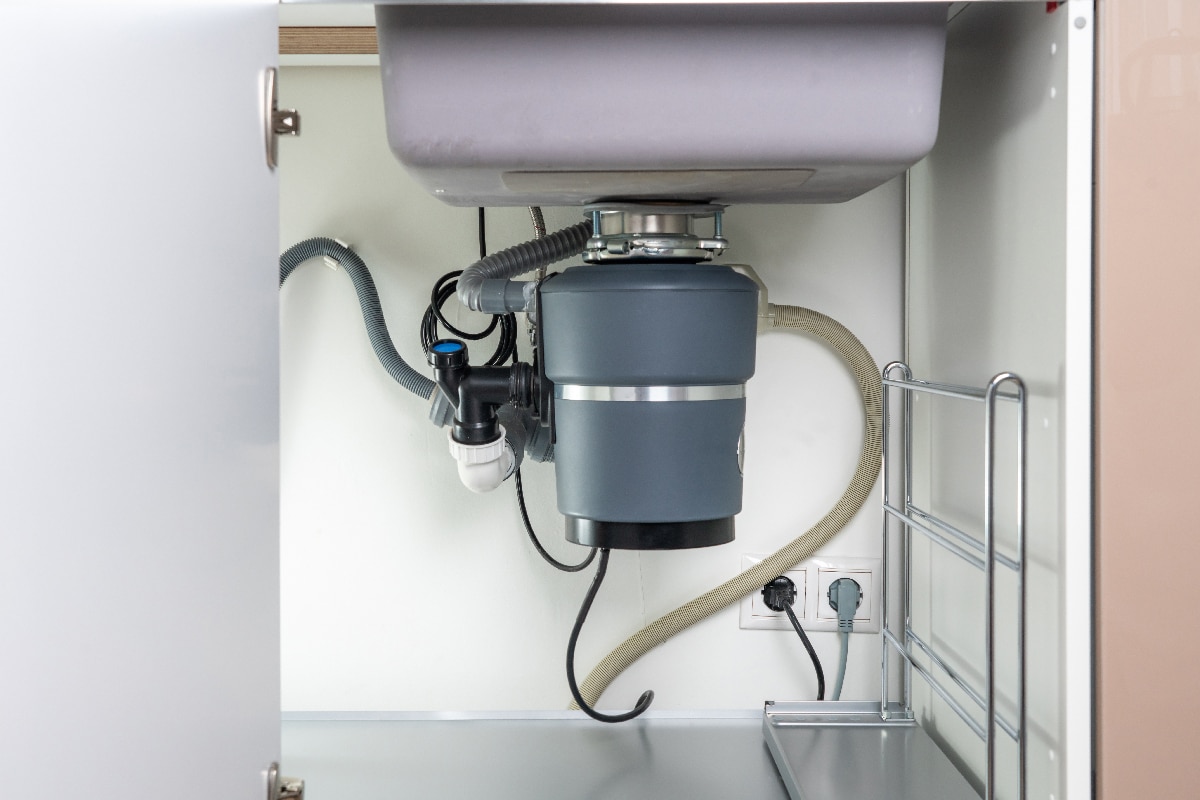
:max_bytes(150000):strip_icc()/garbage-disposal-installation-1824830-hero-1dcd7b5b05d44a2cb367e31692500c8c.jpg)


:max_bytes(150000):strip_icc()/electrician-wiring-a-new-kitchen-garbage-disposer-183805329-5798d00b3df78c32767e9340.jpg)


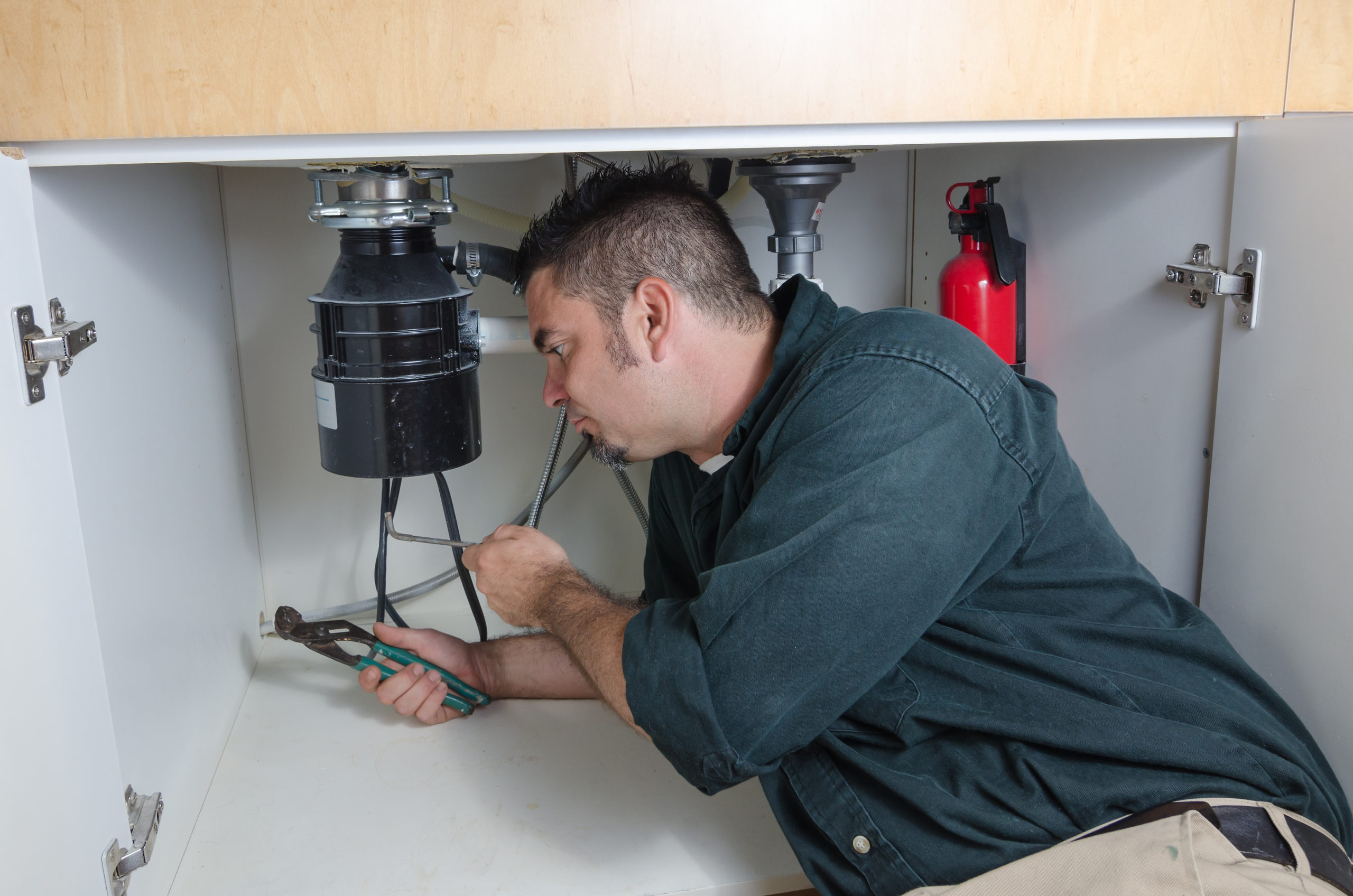

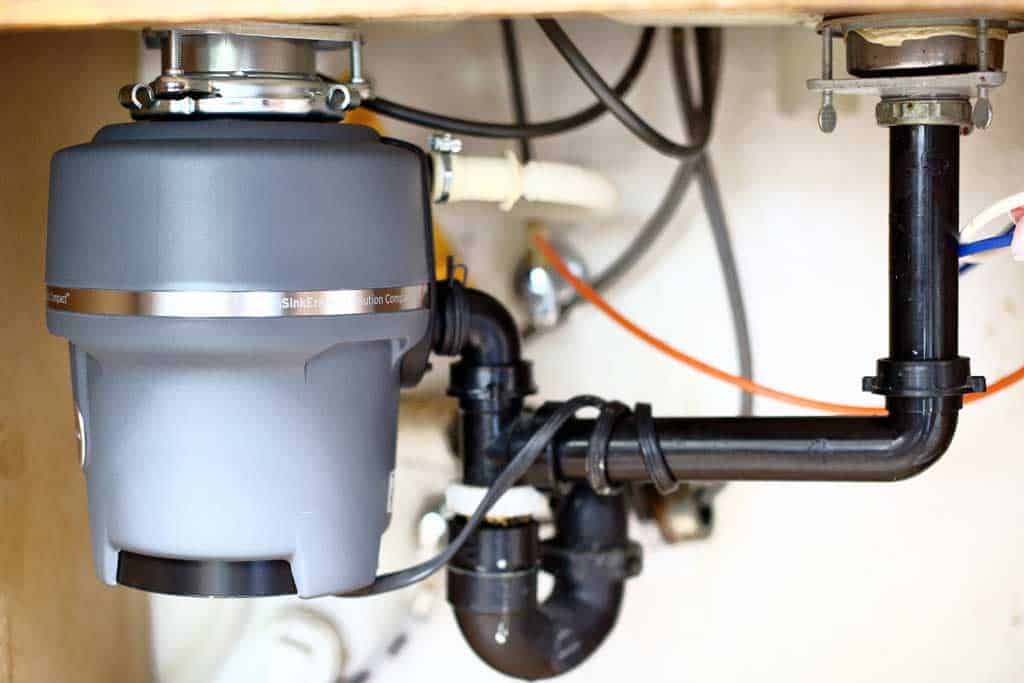






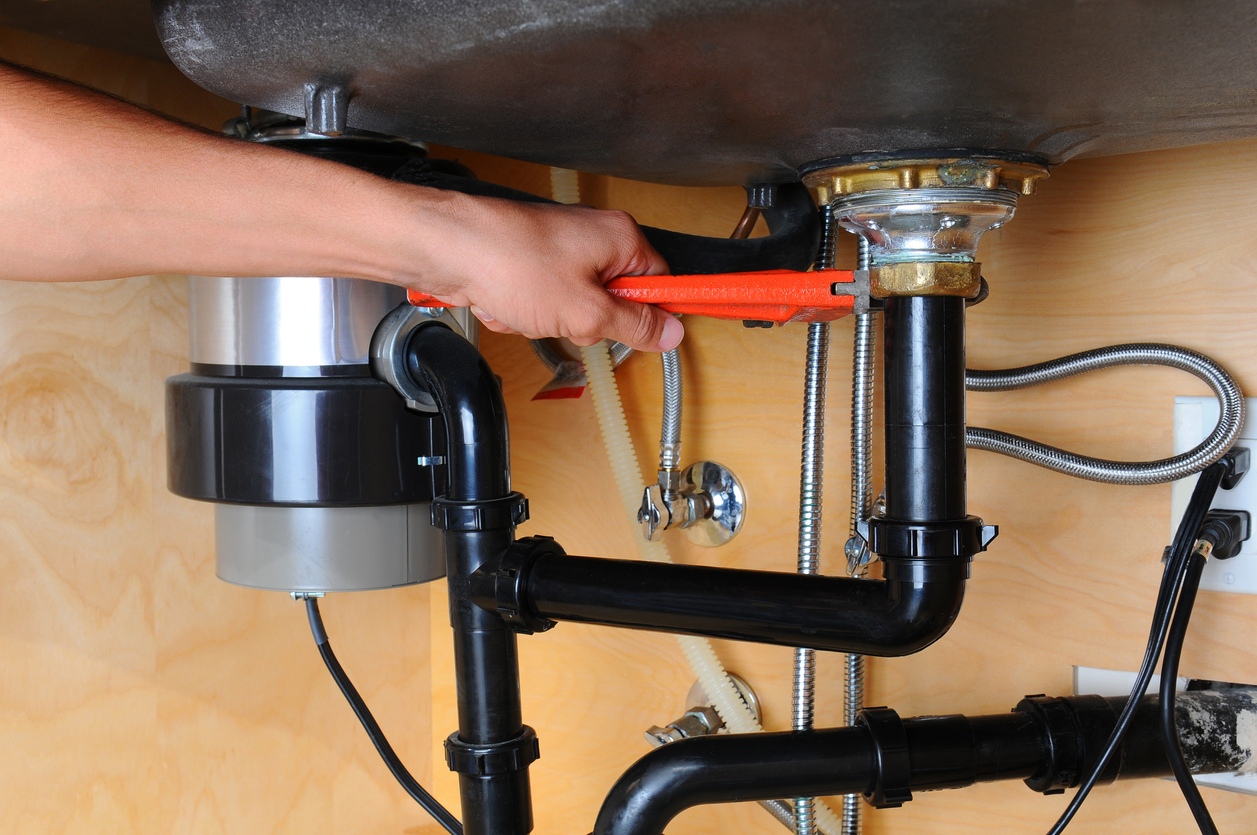

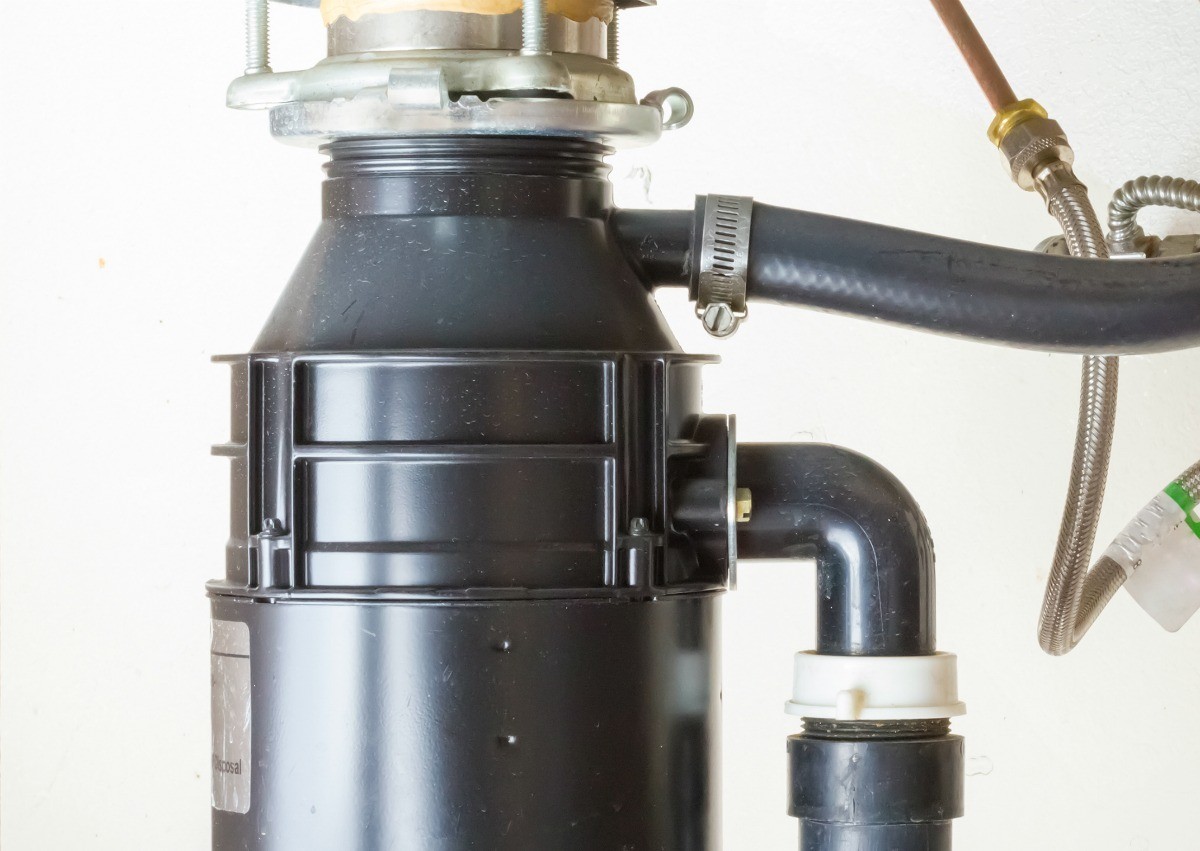
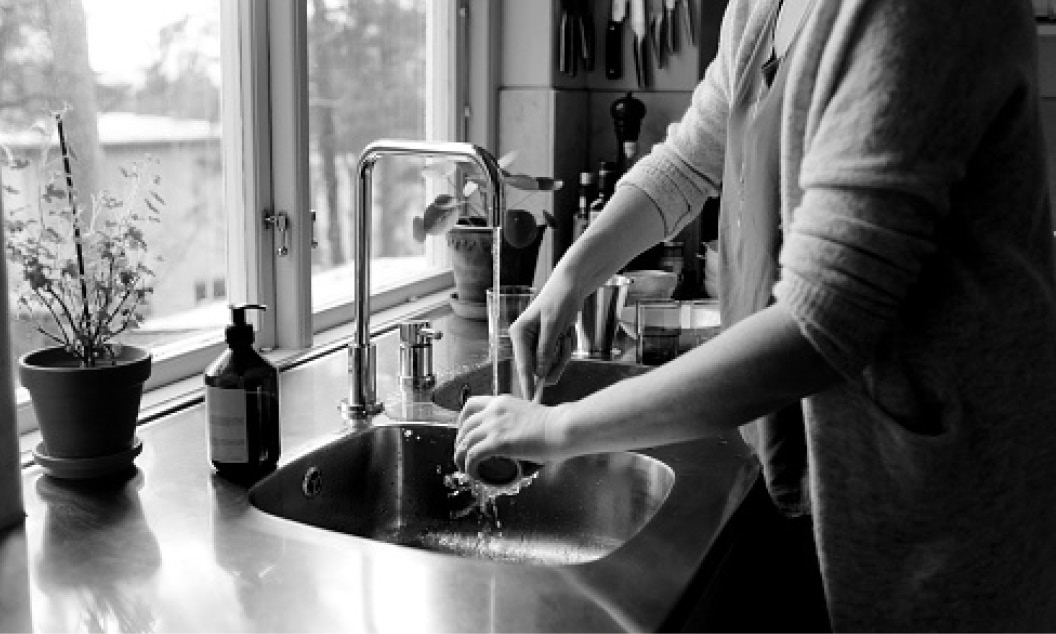







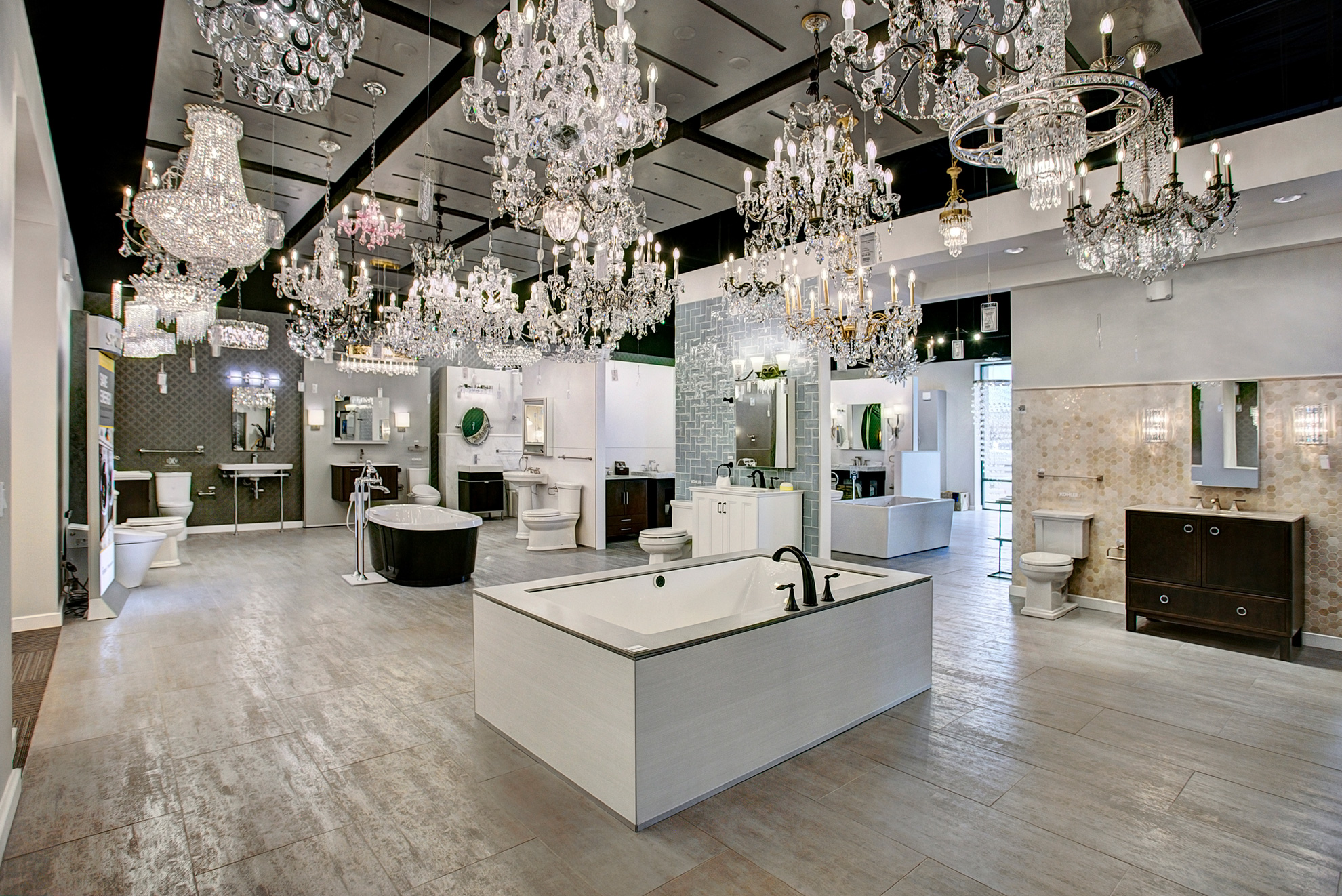


:max_bytes(150000):strip_icc()/living-room-decor-ideas-5442837-hero-8b6e540e13f9457a84fe9f9e26ea2e5c.jpg)
